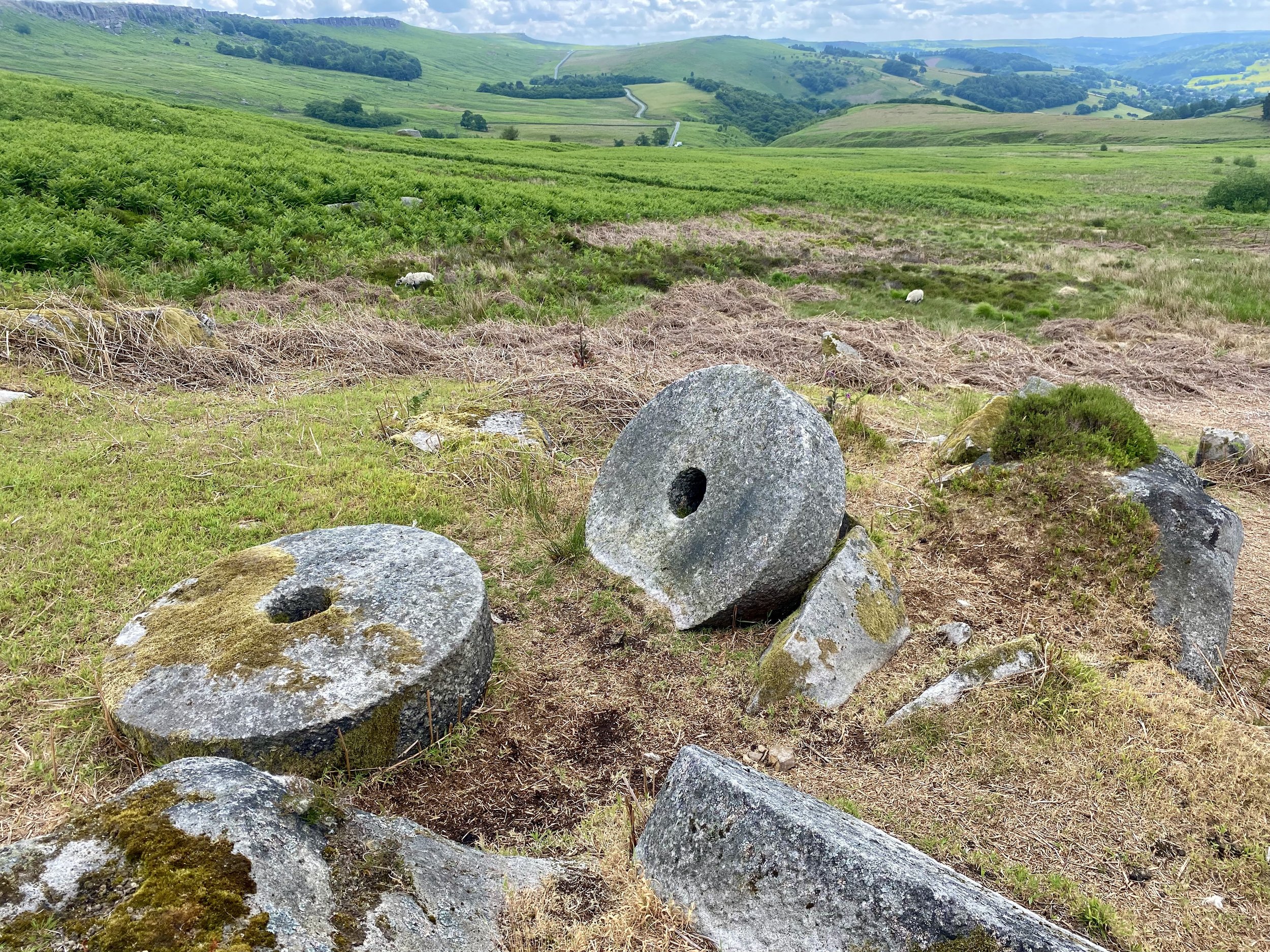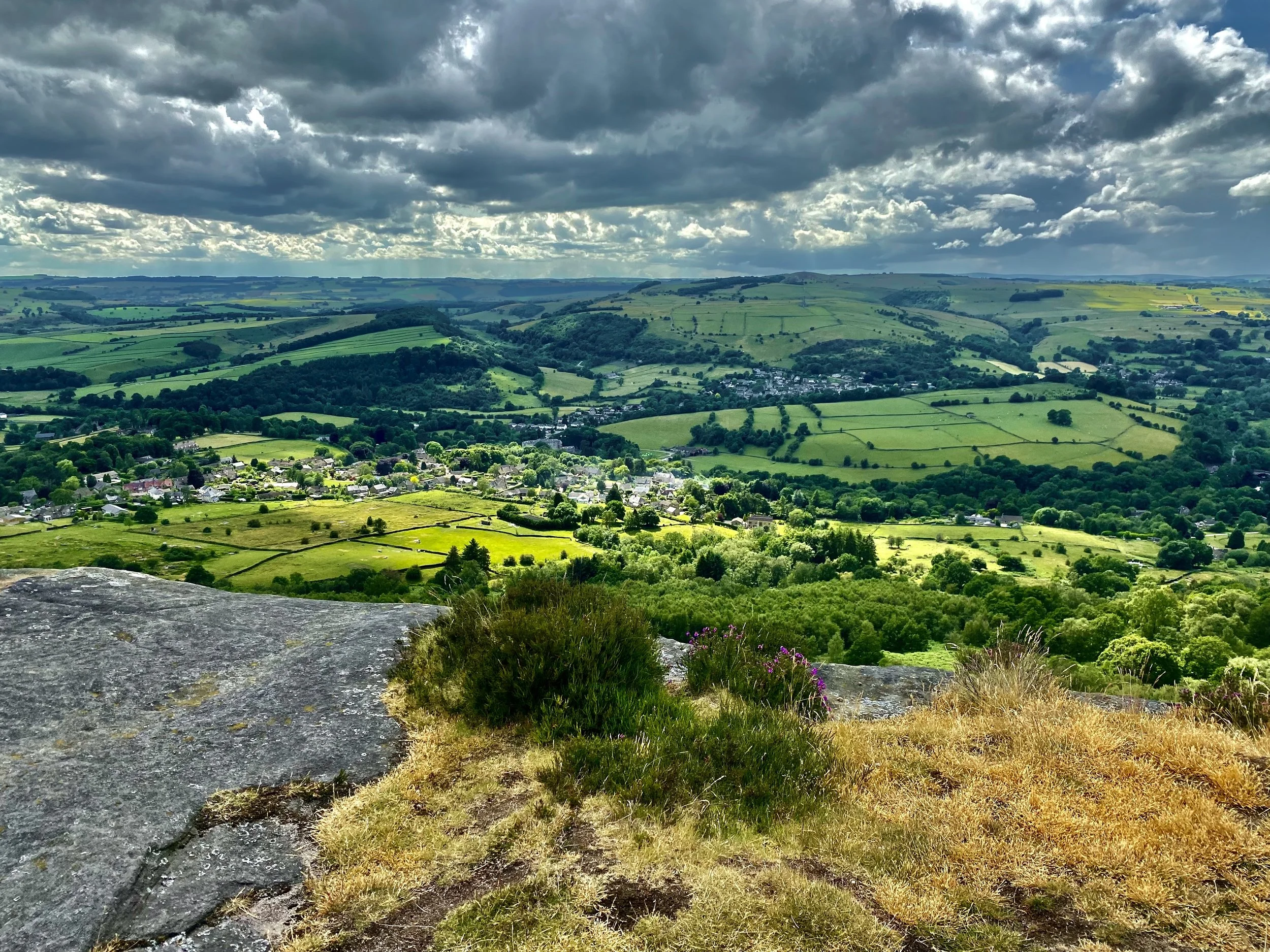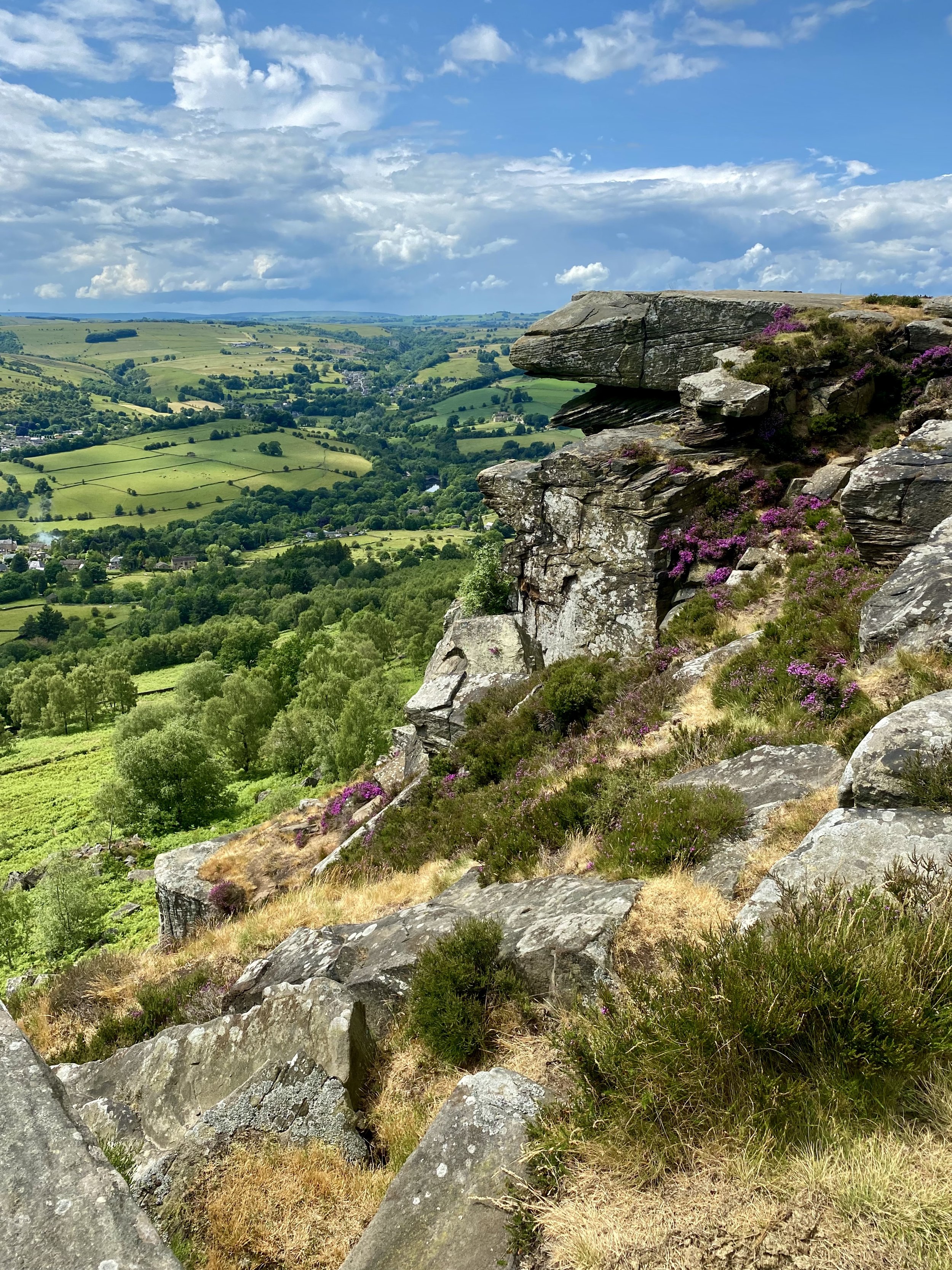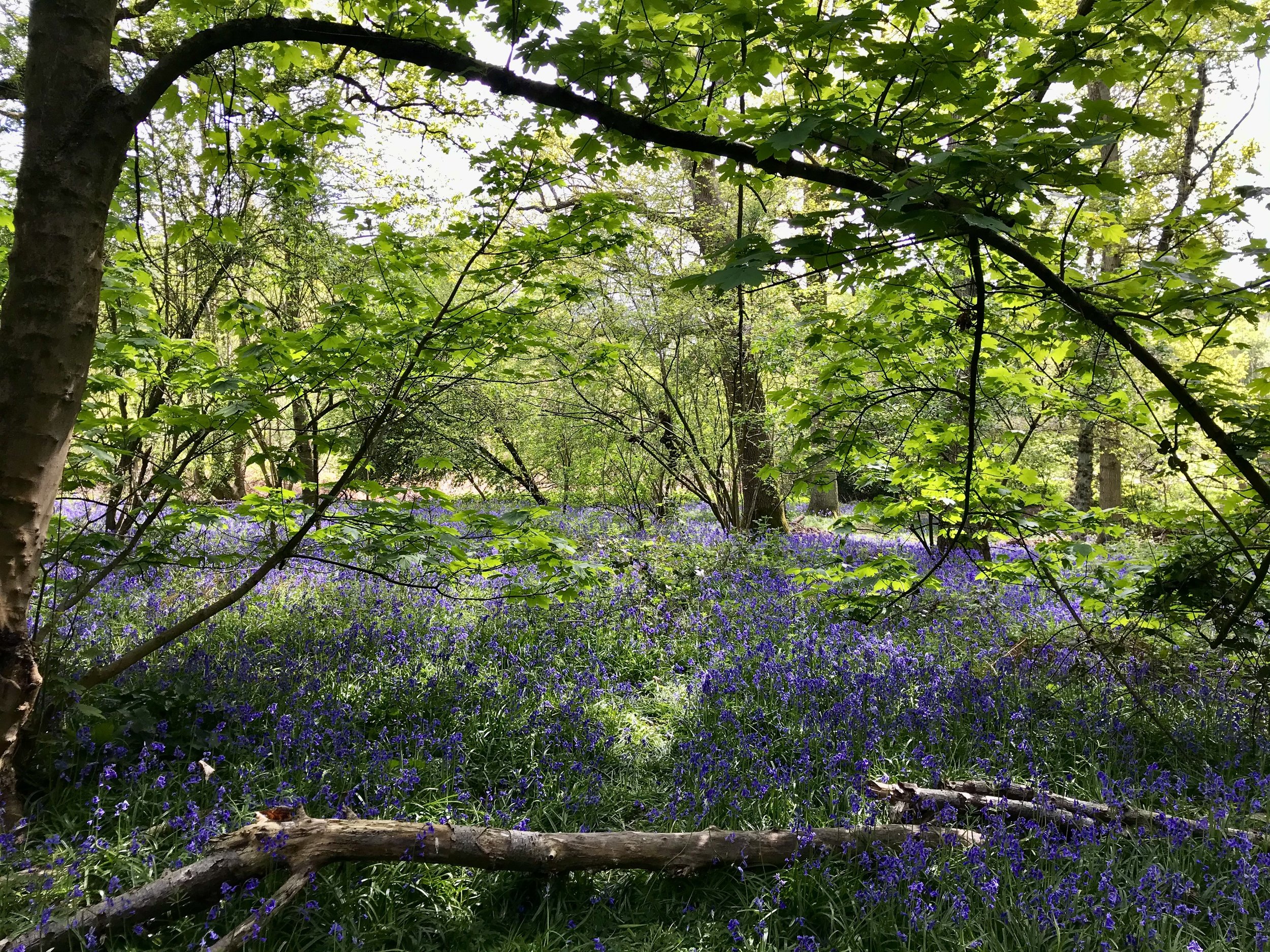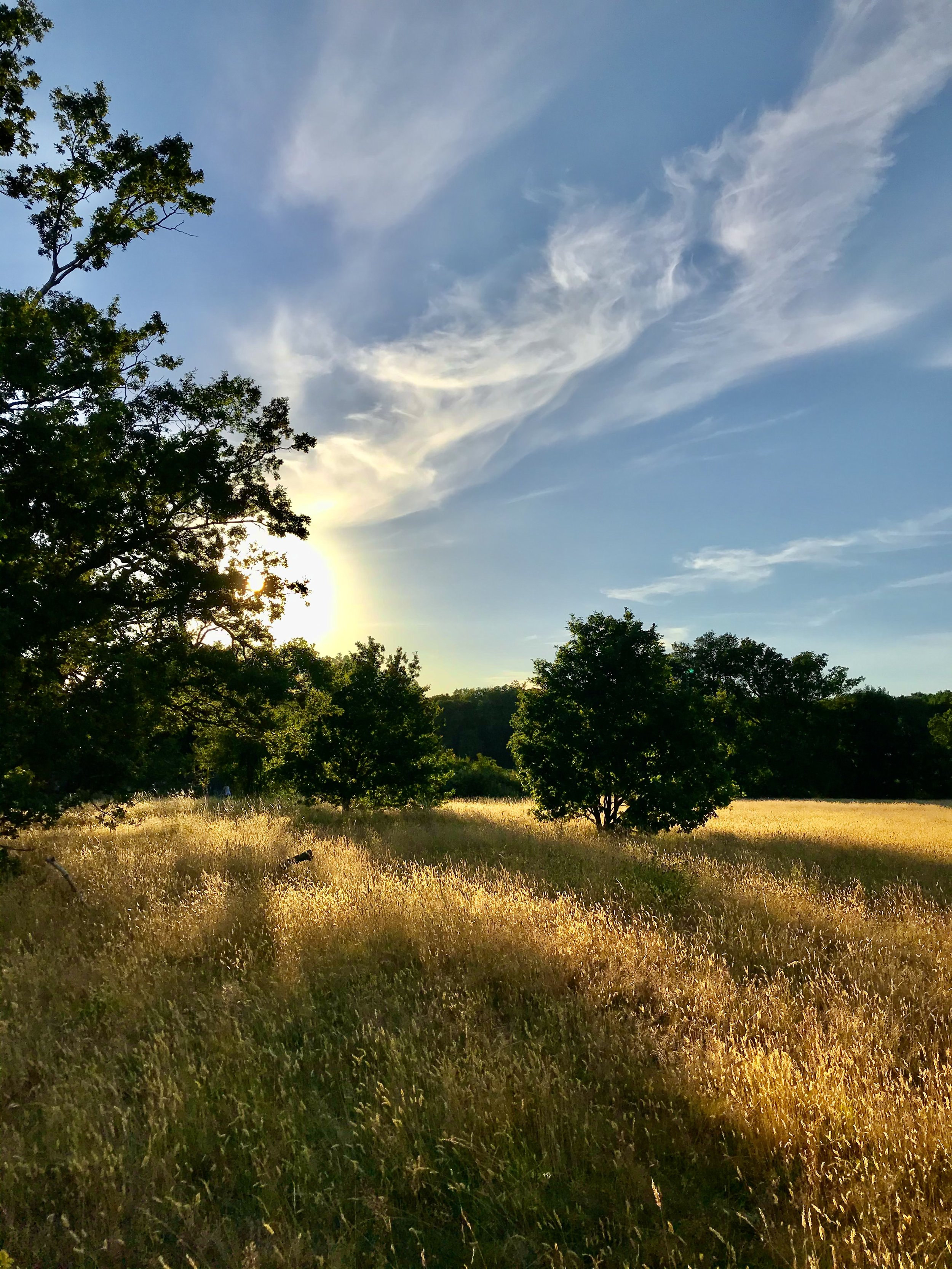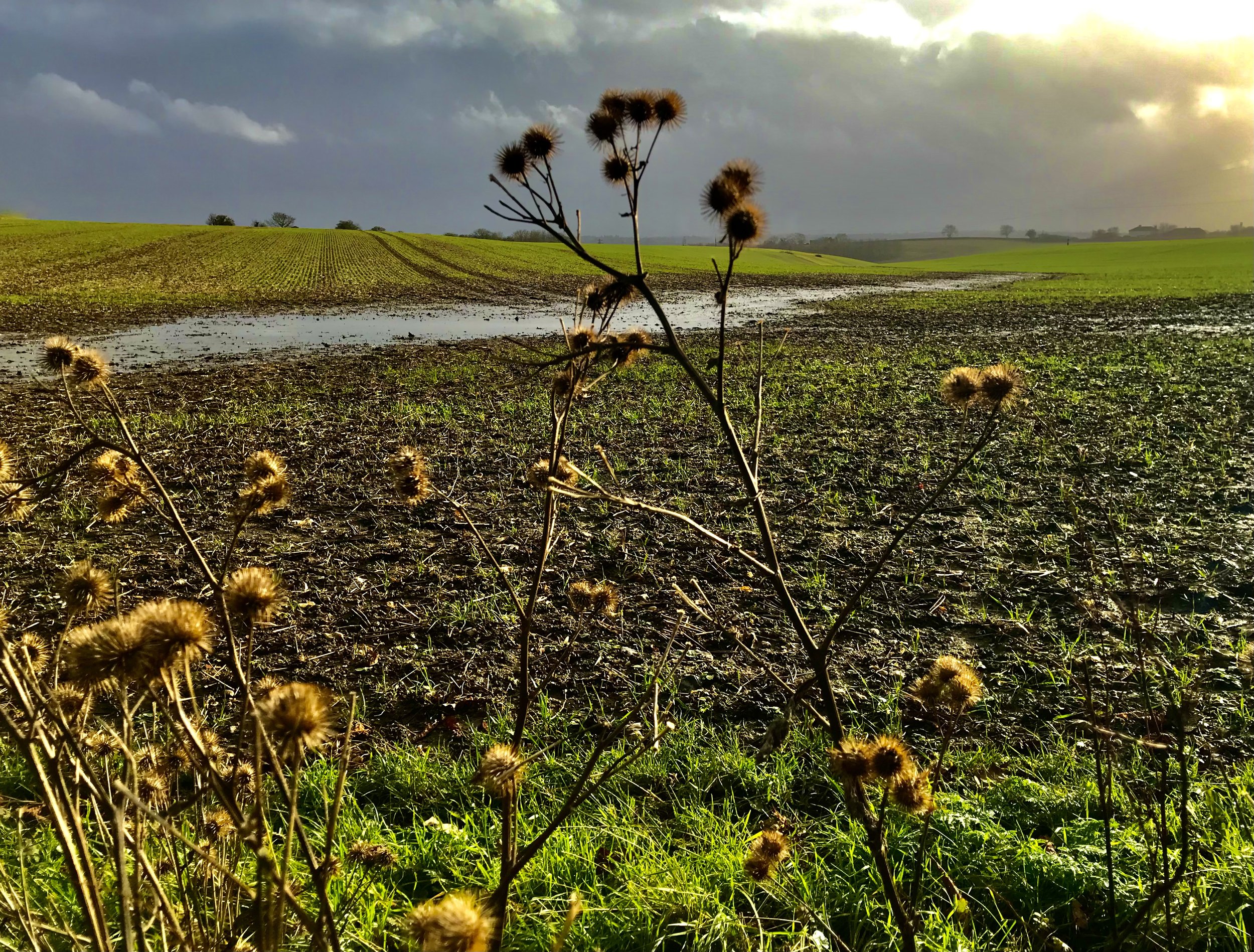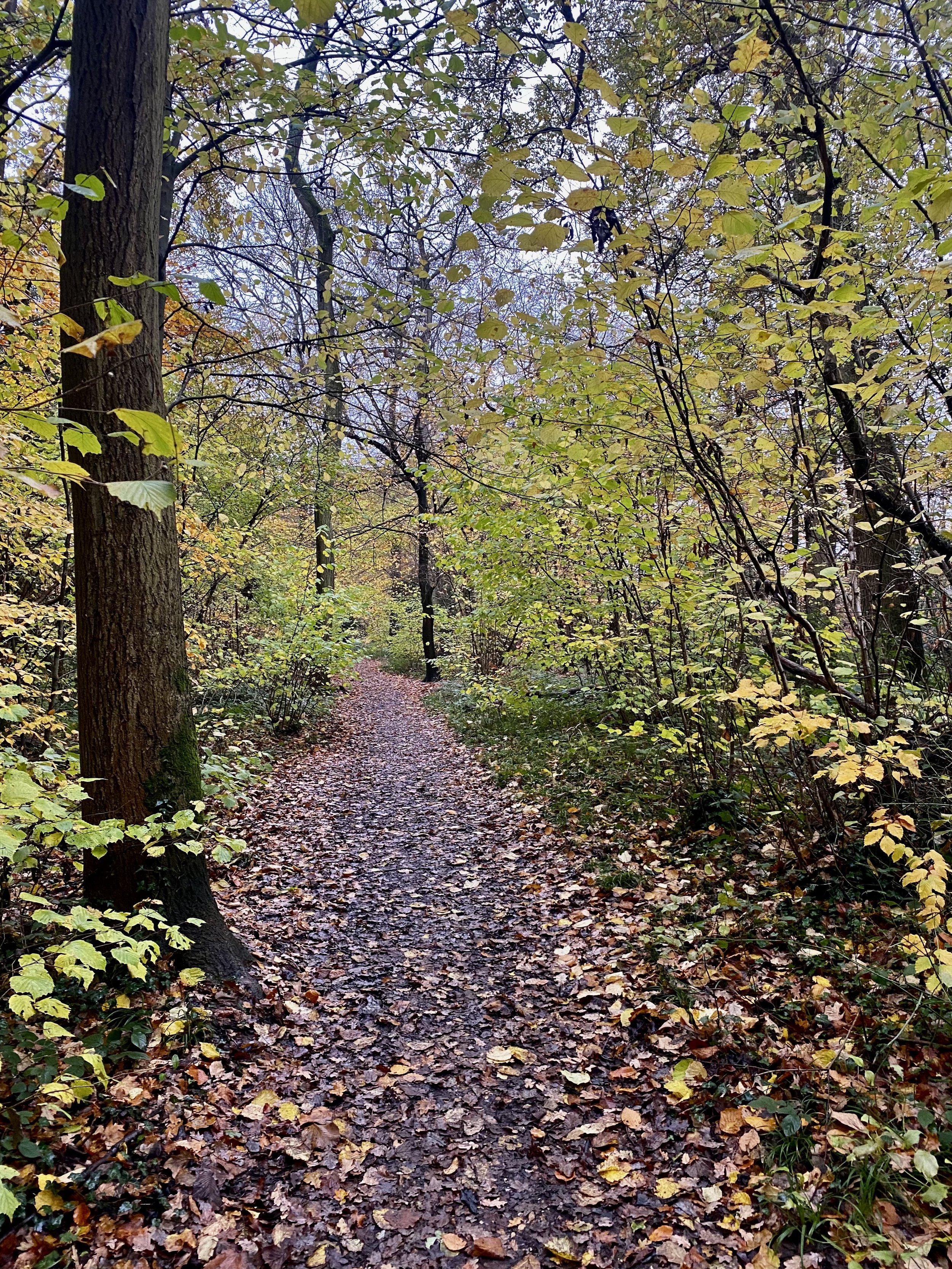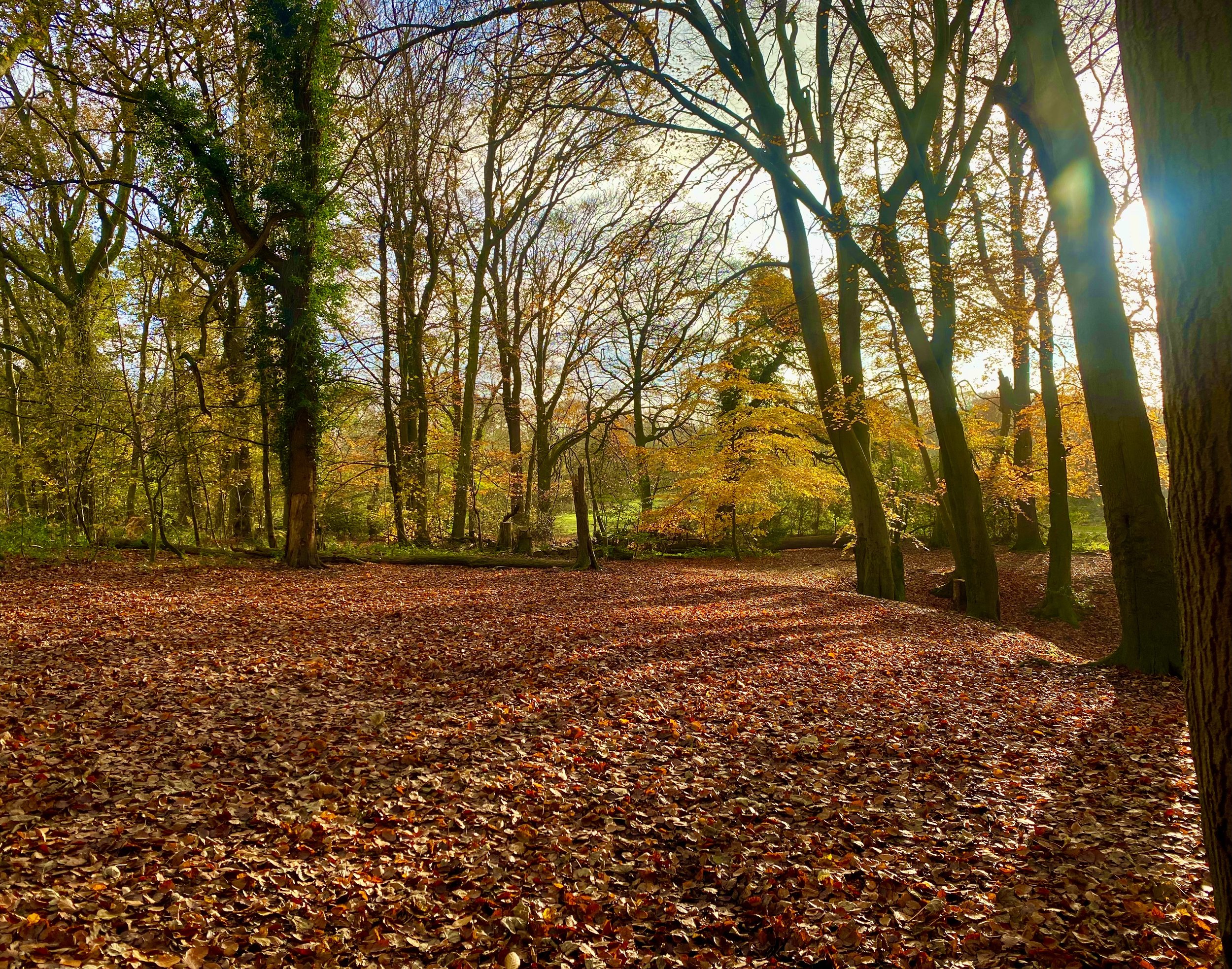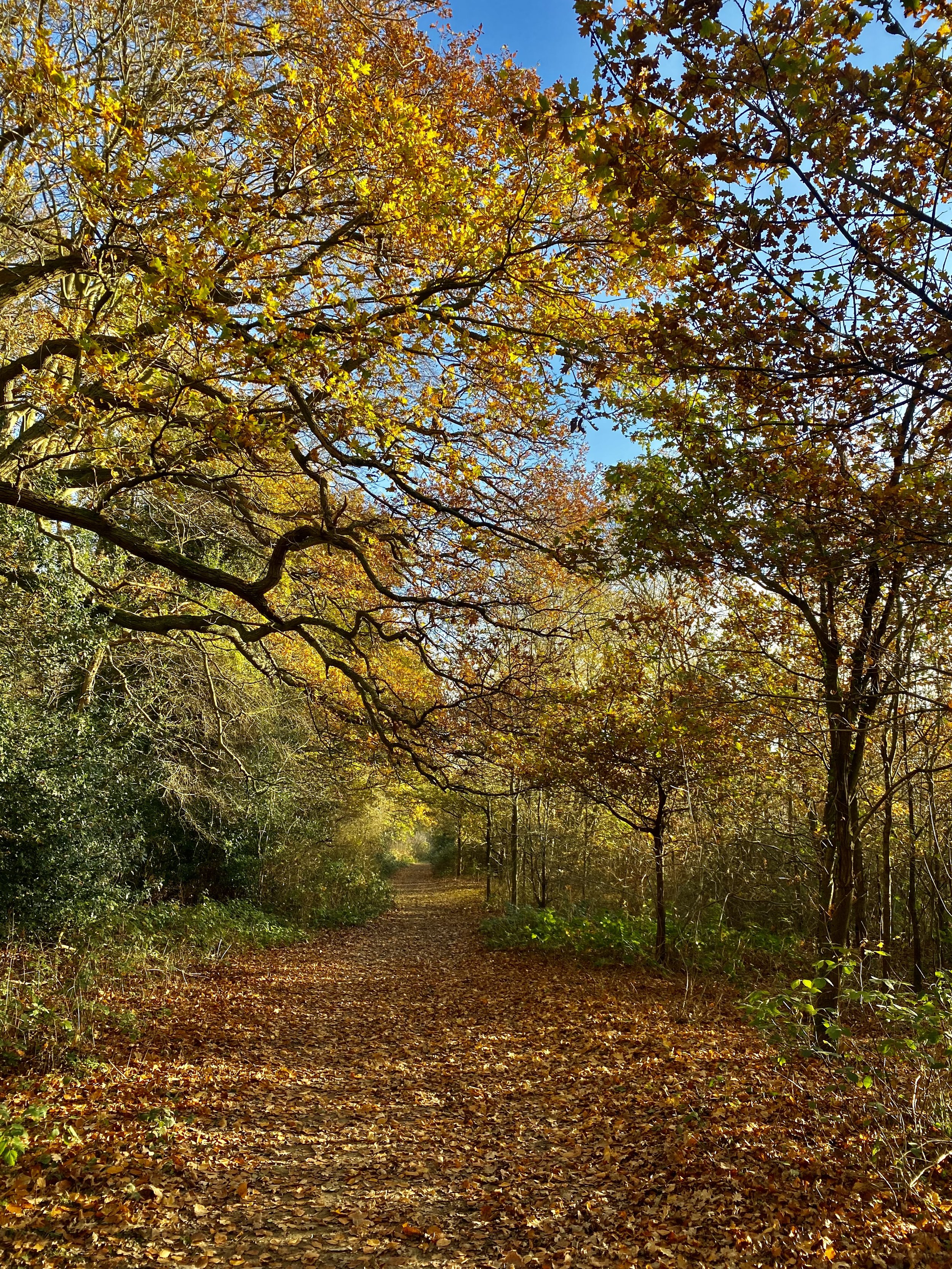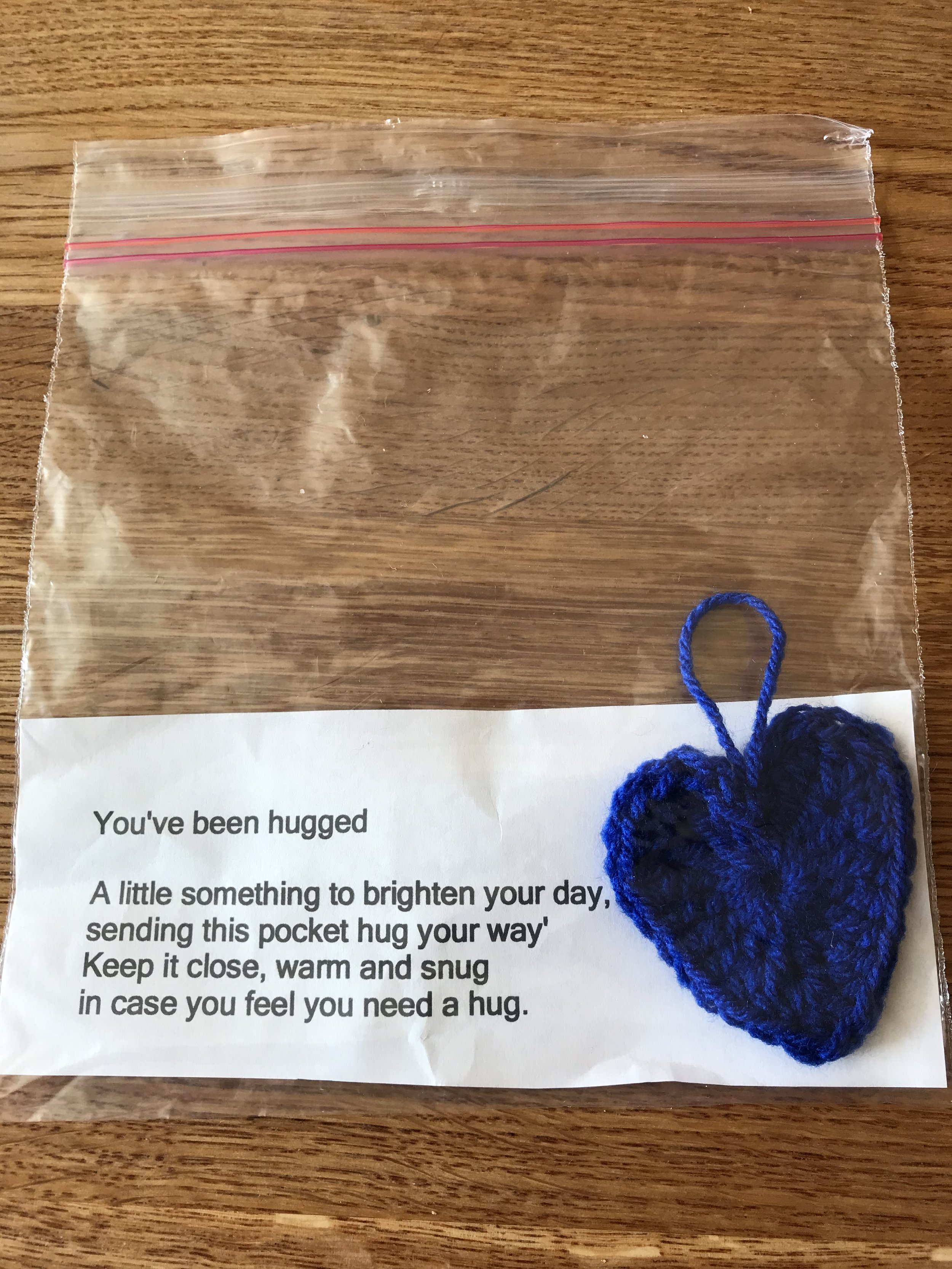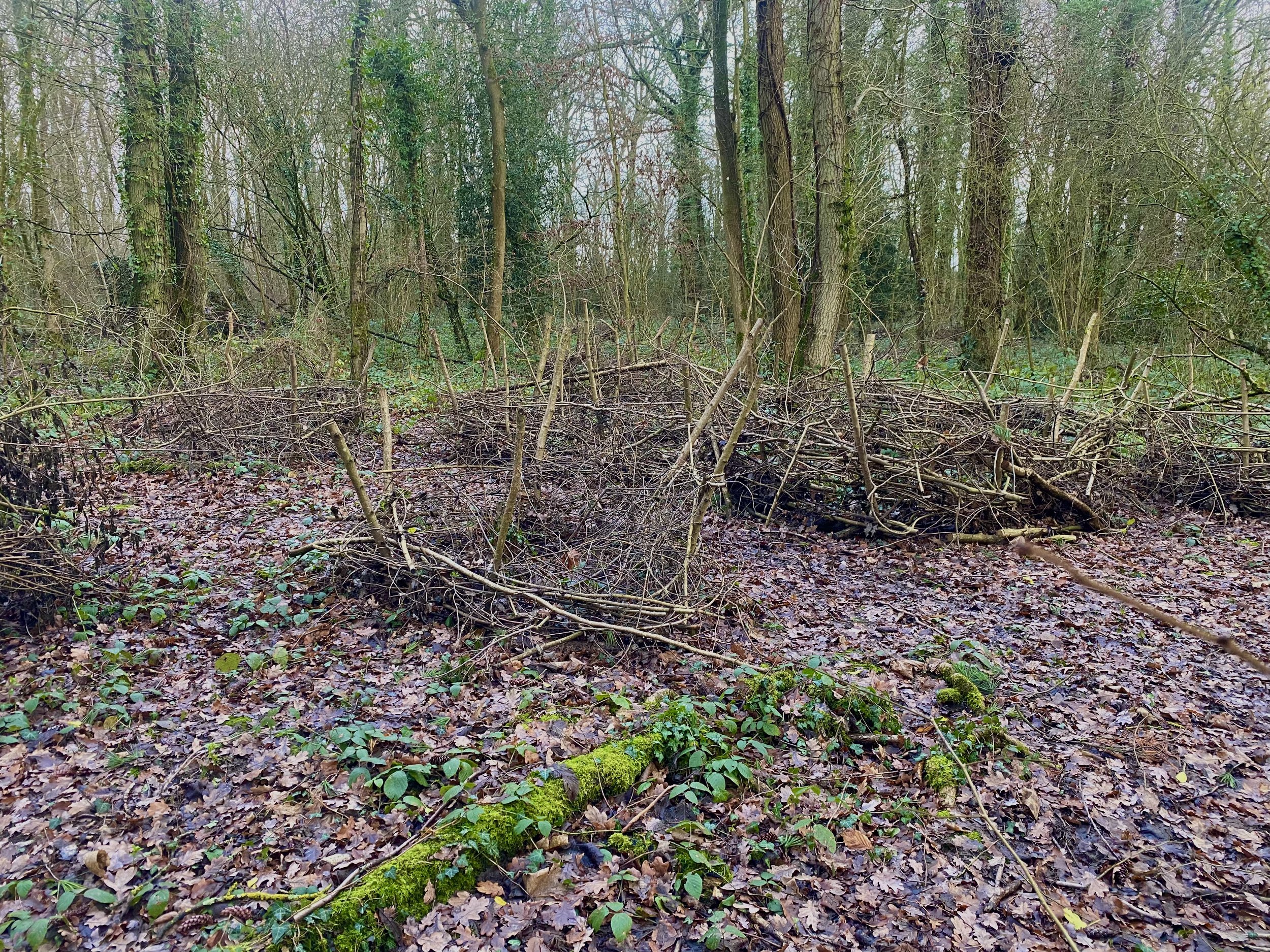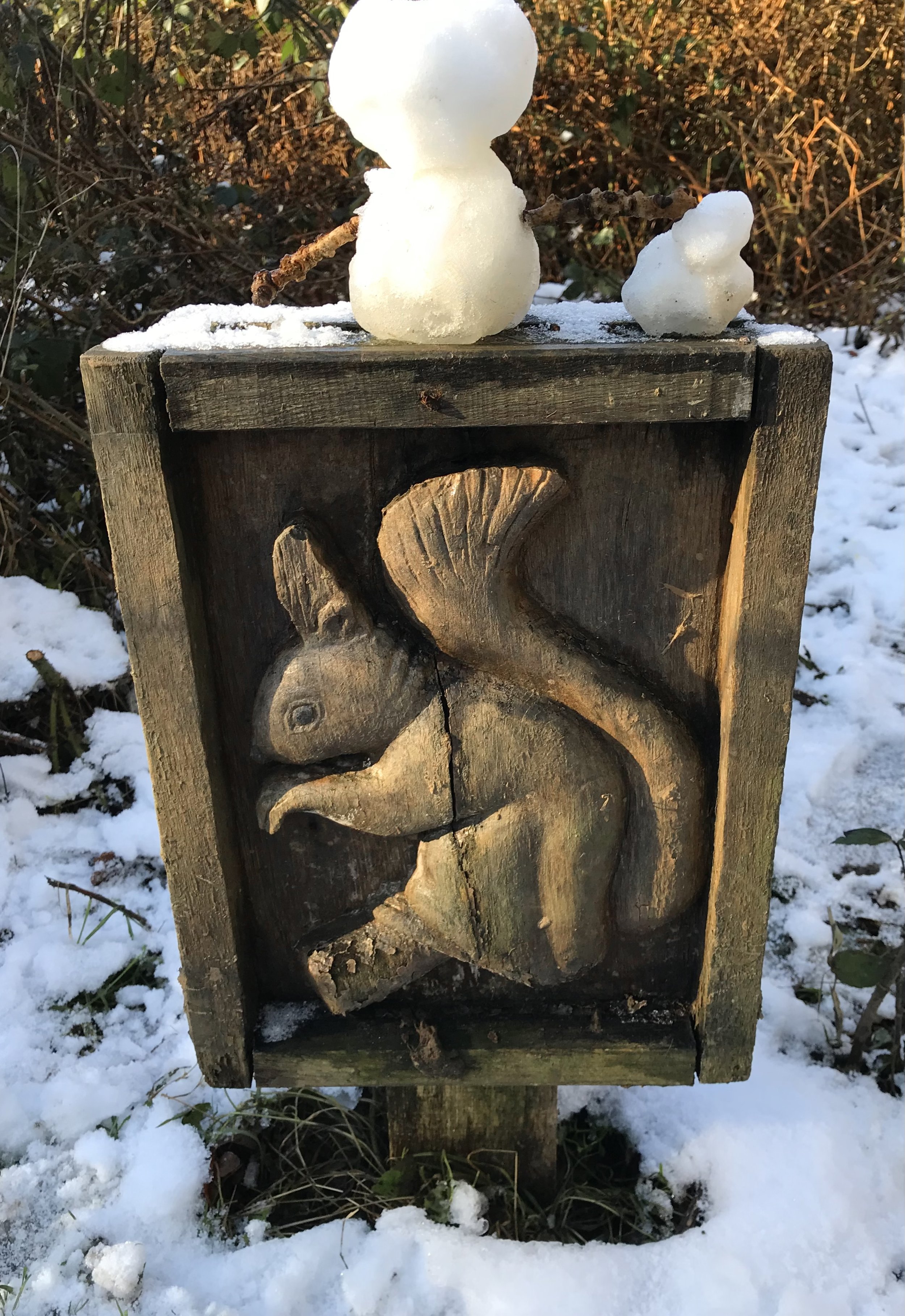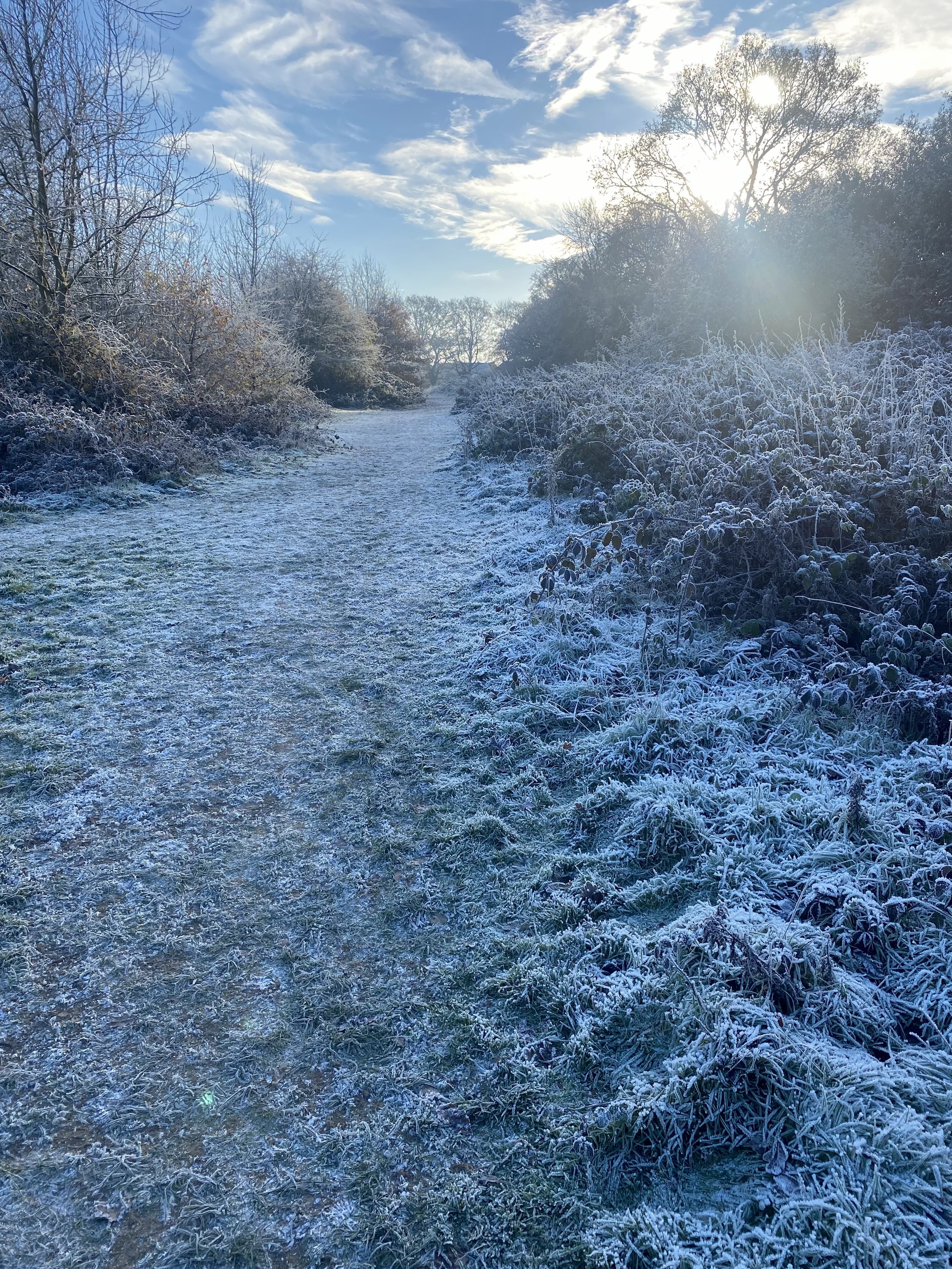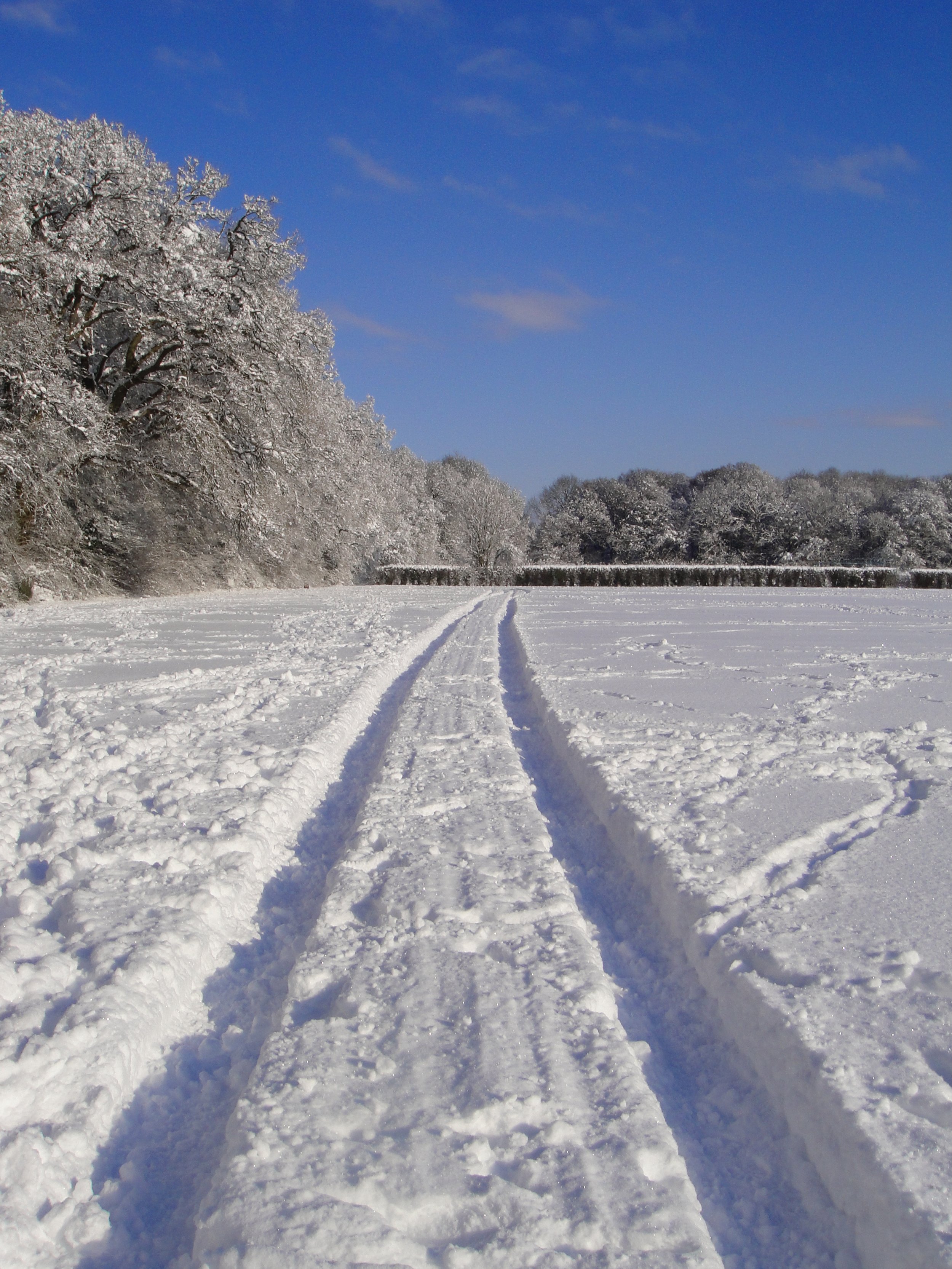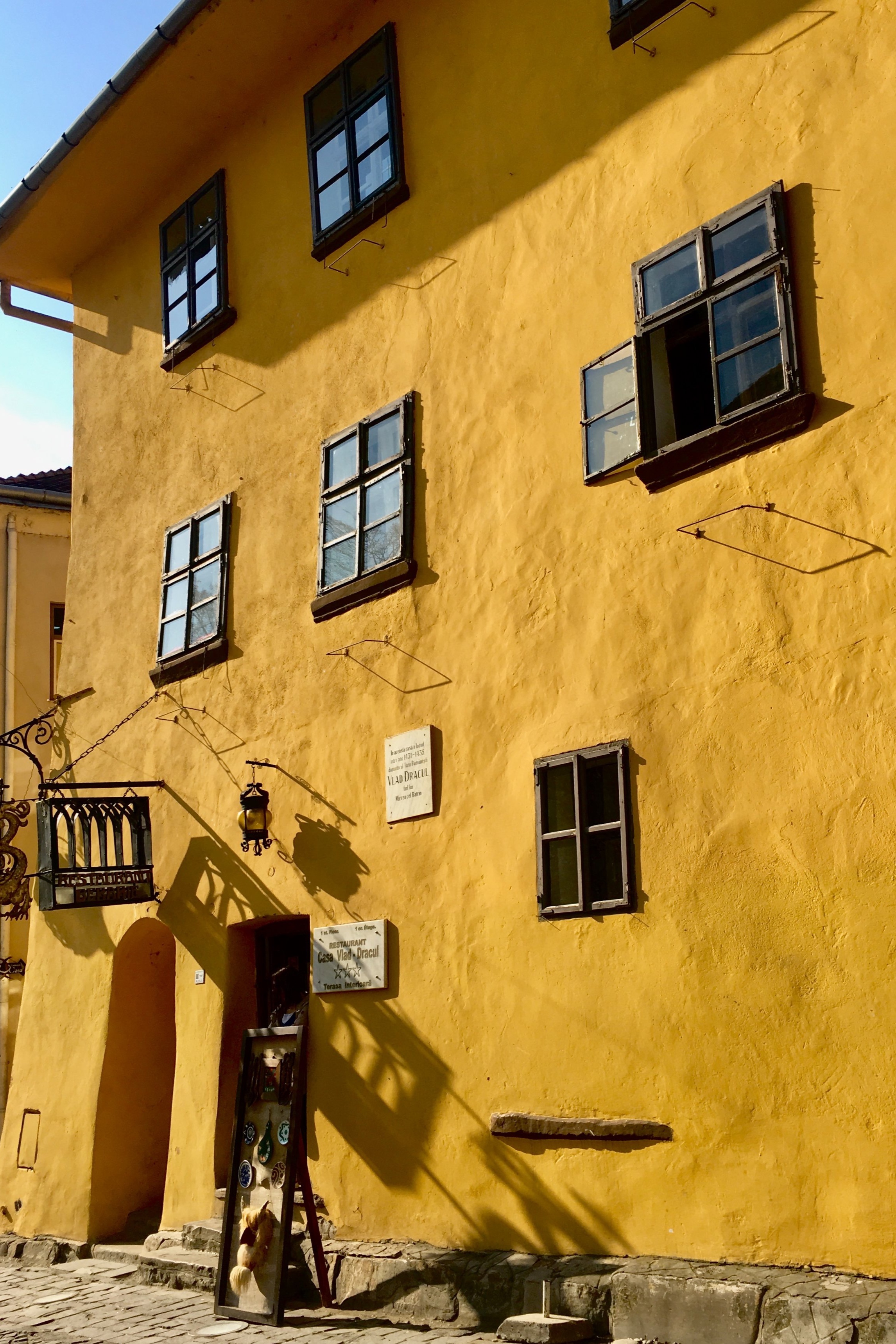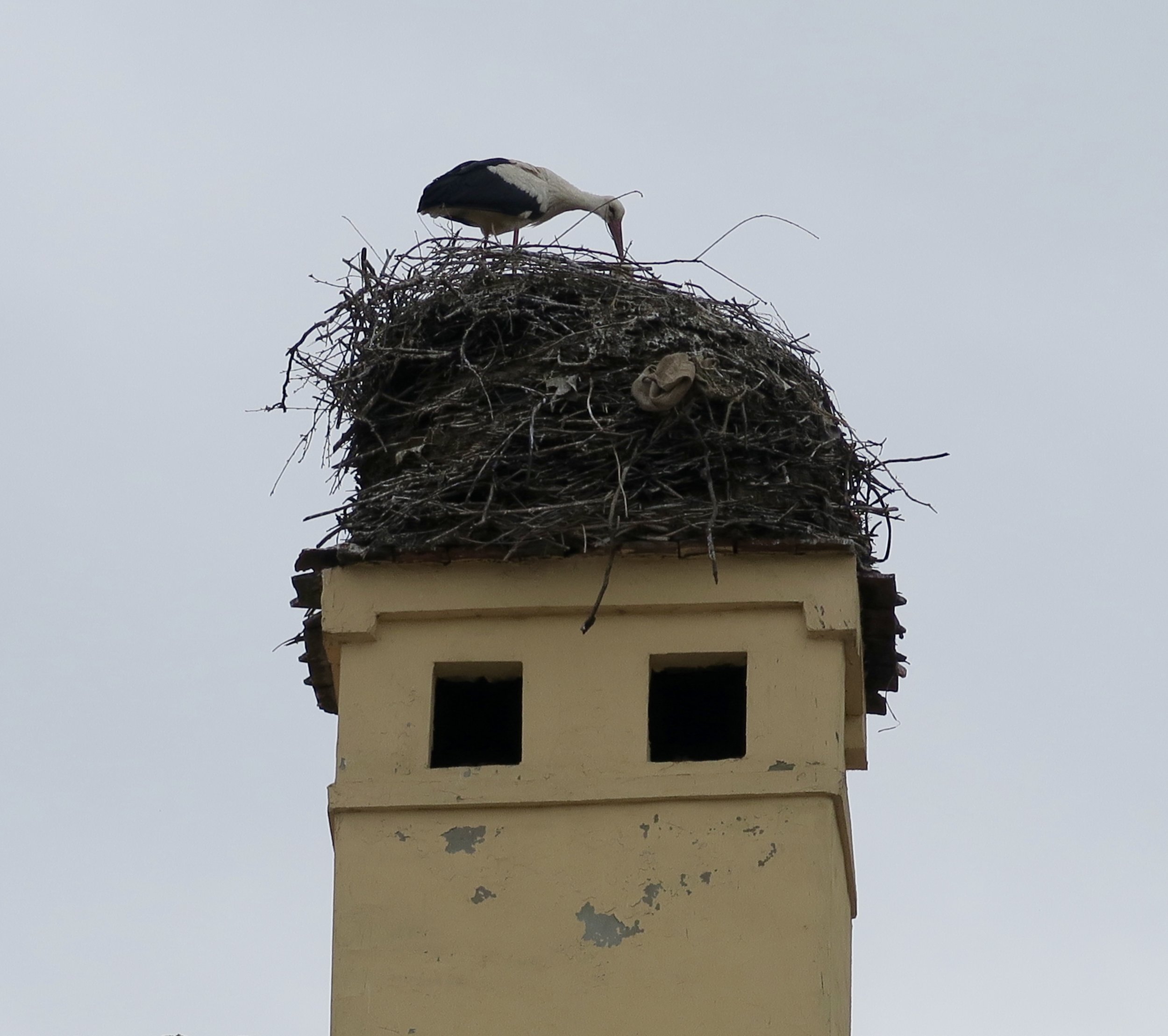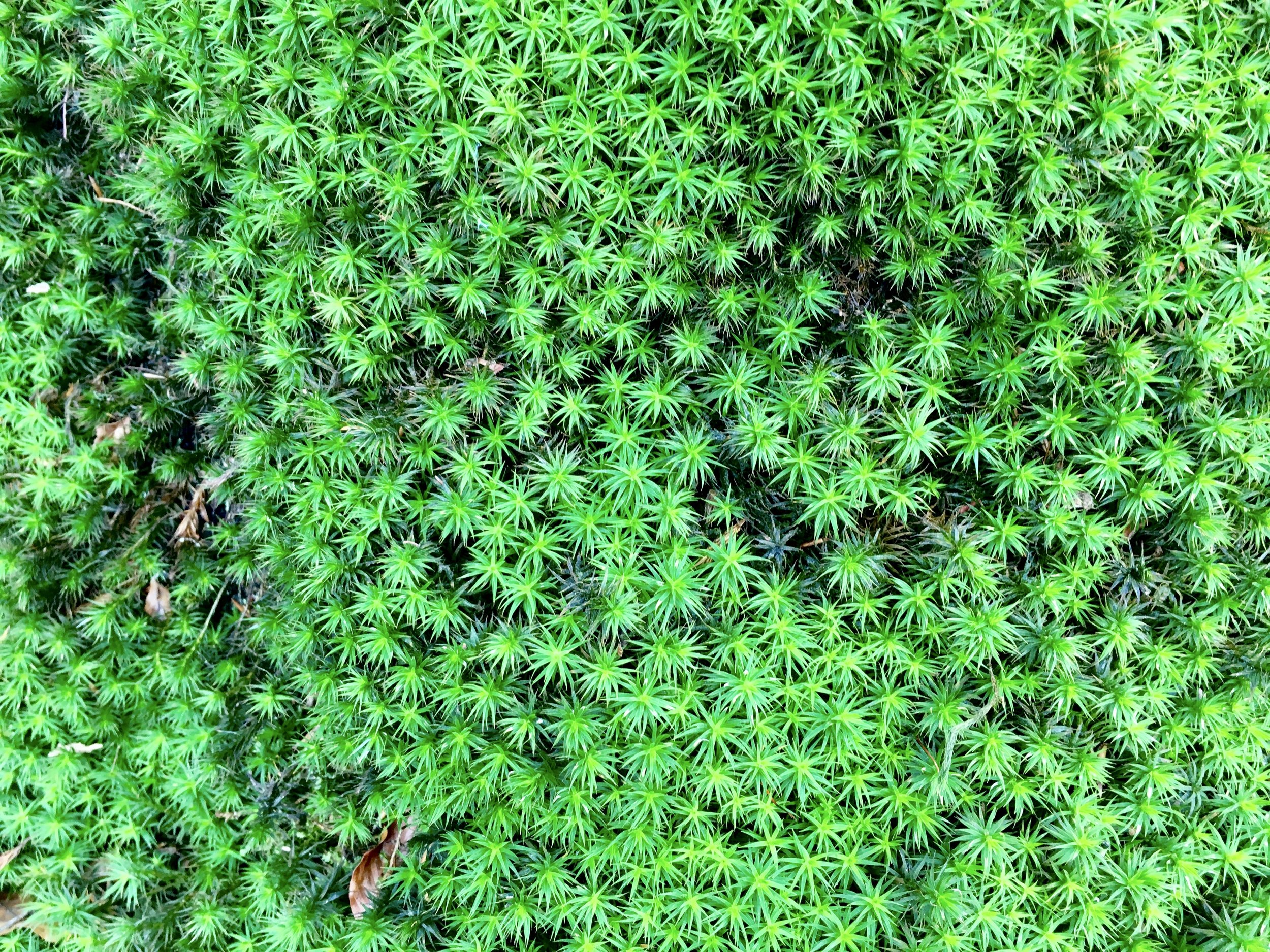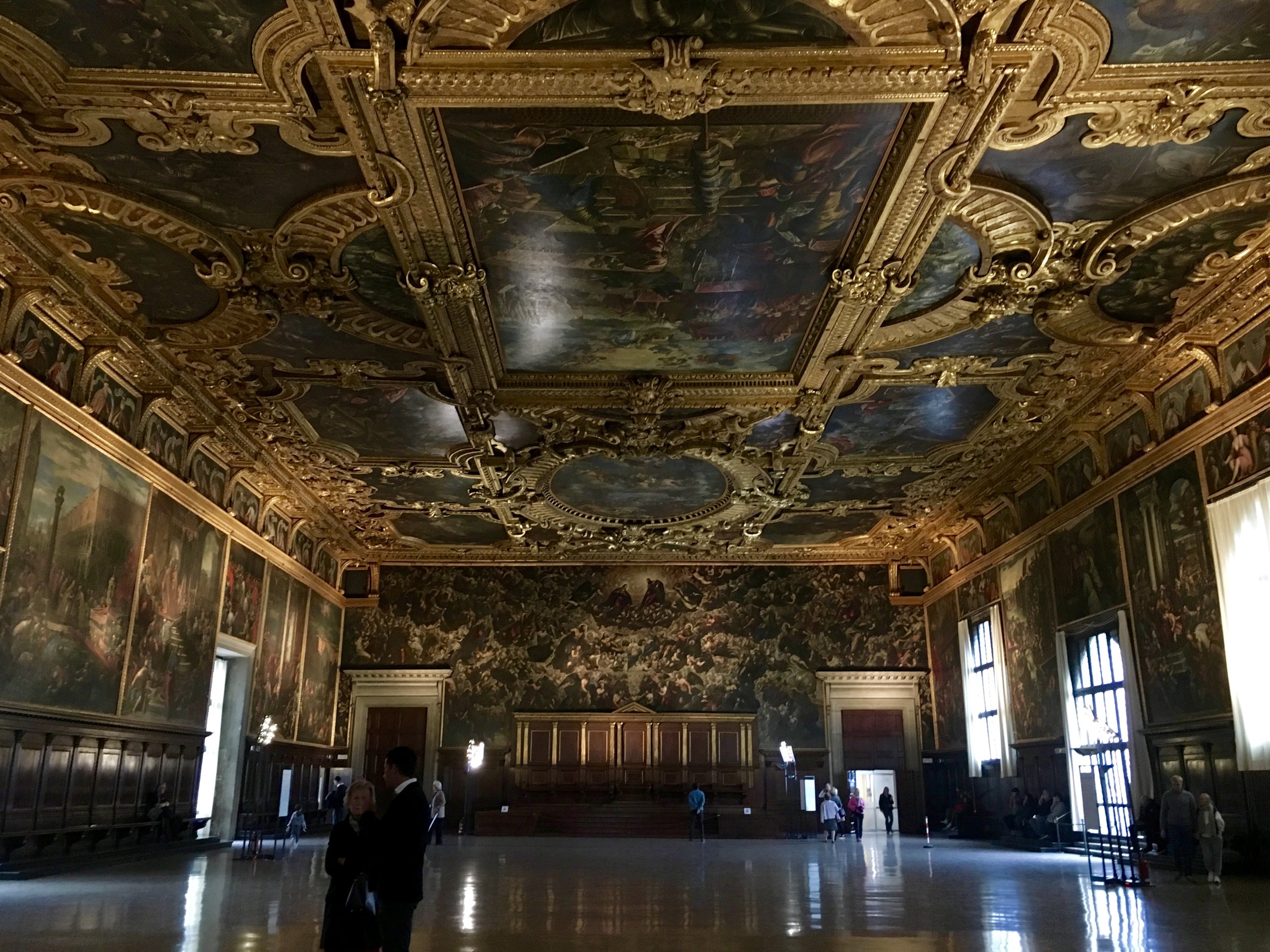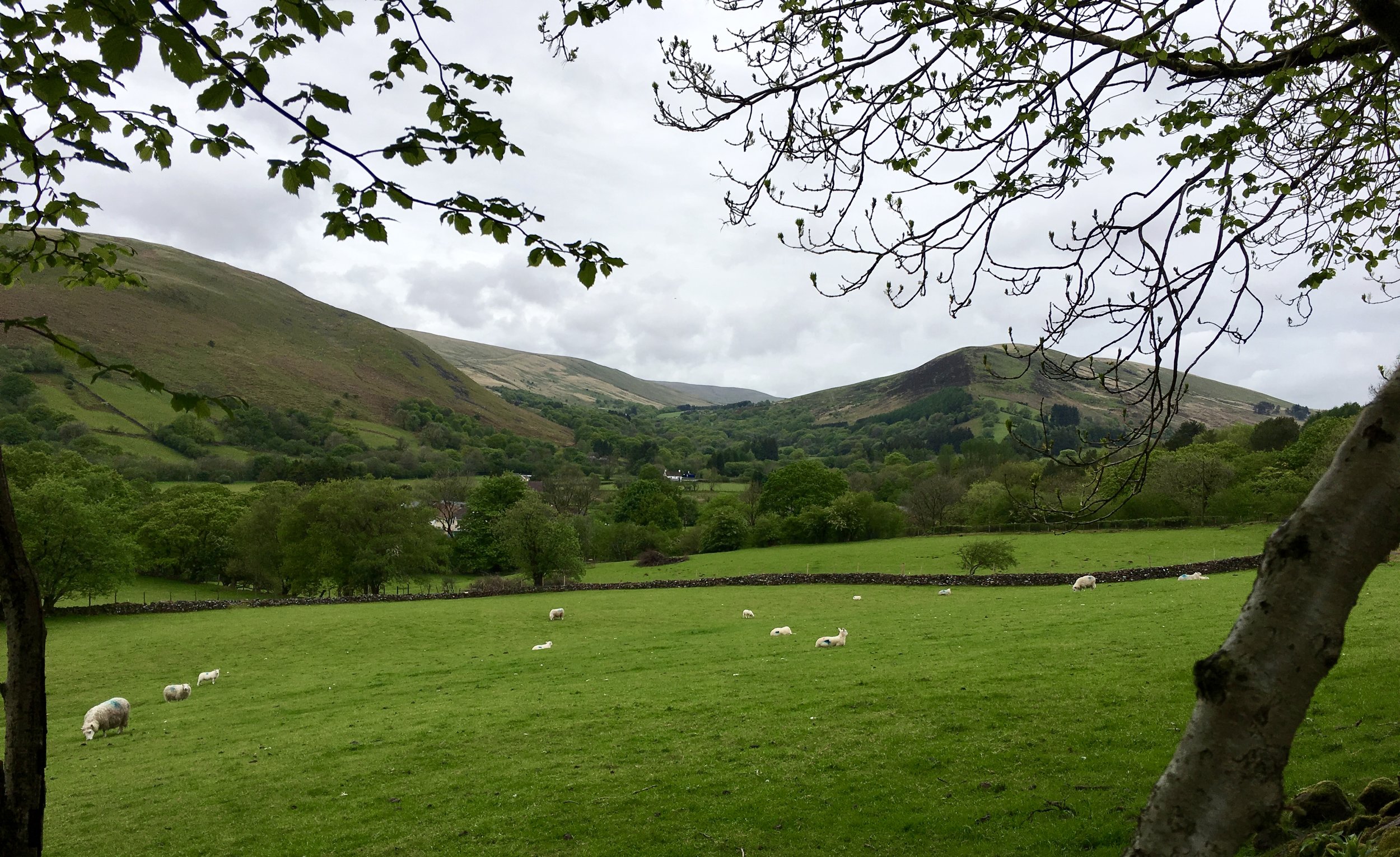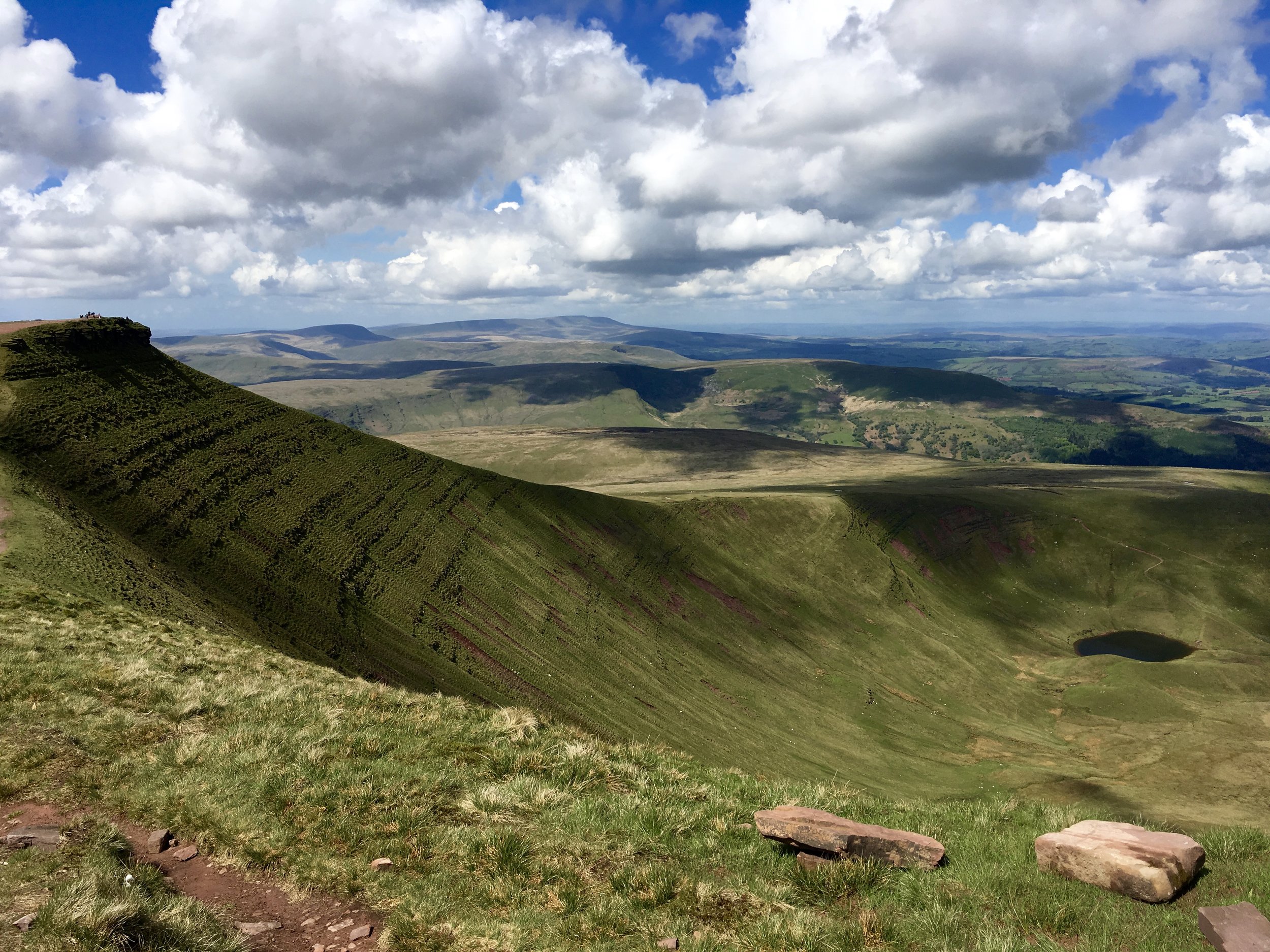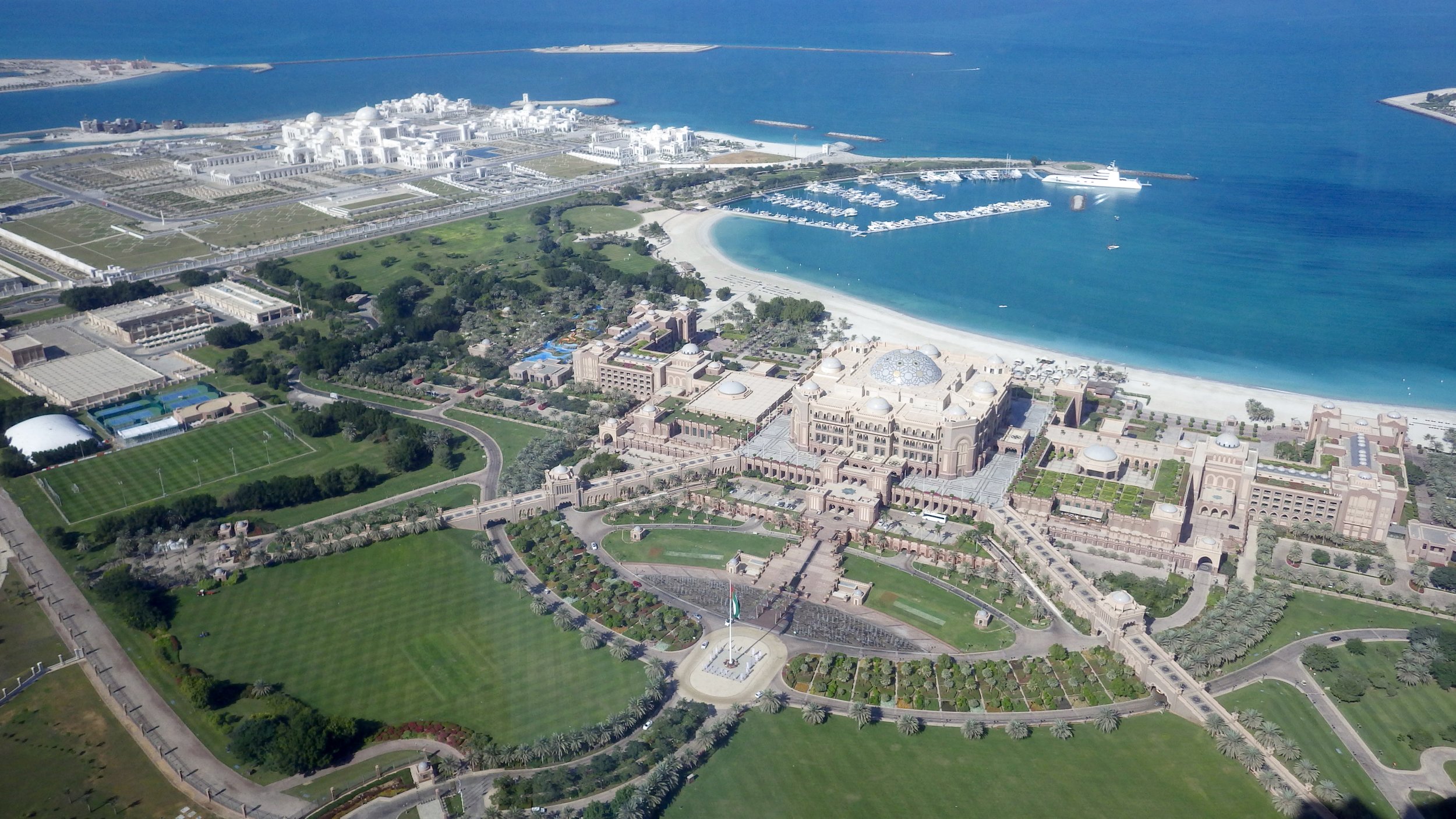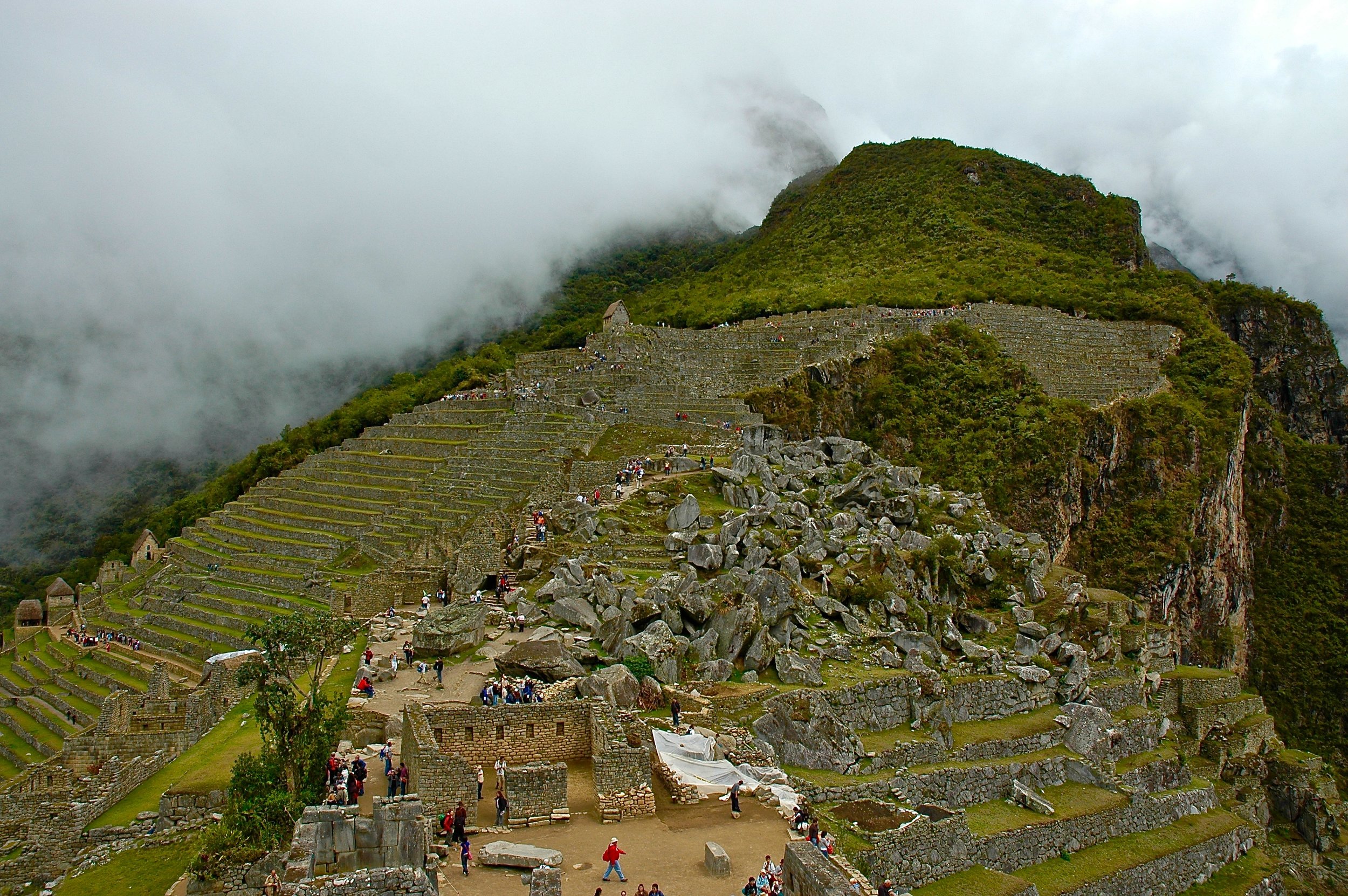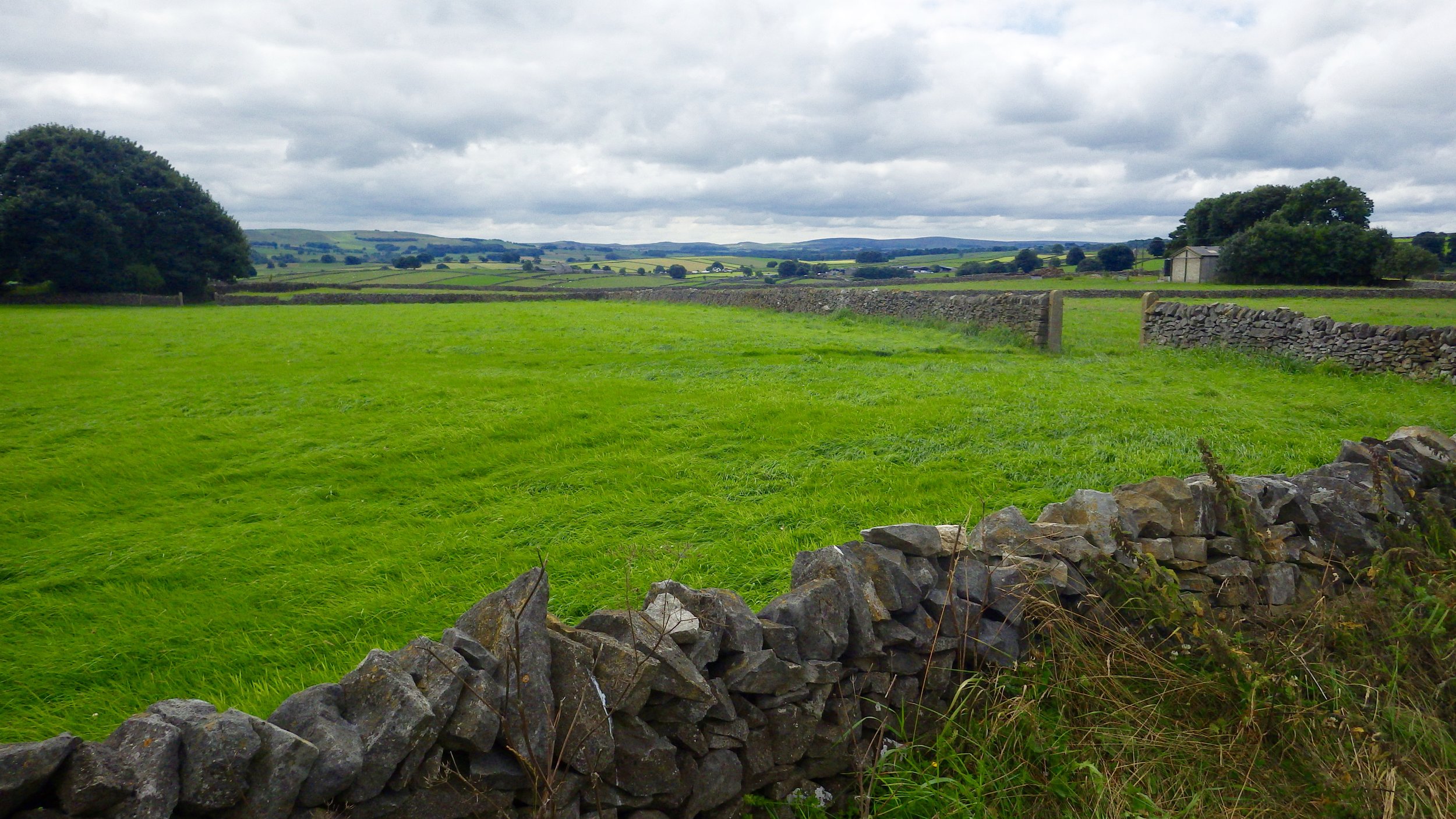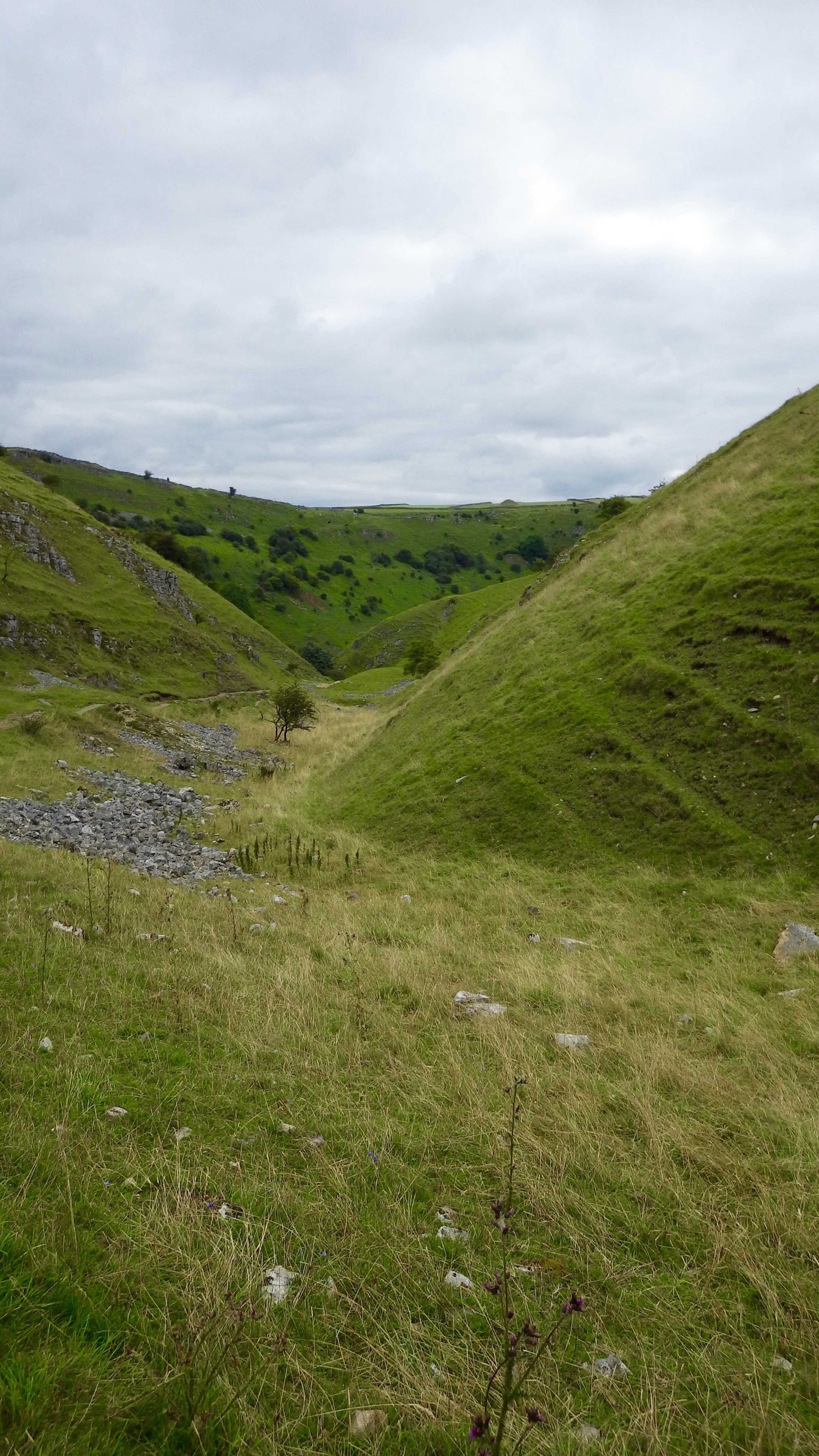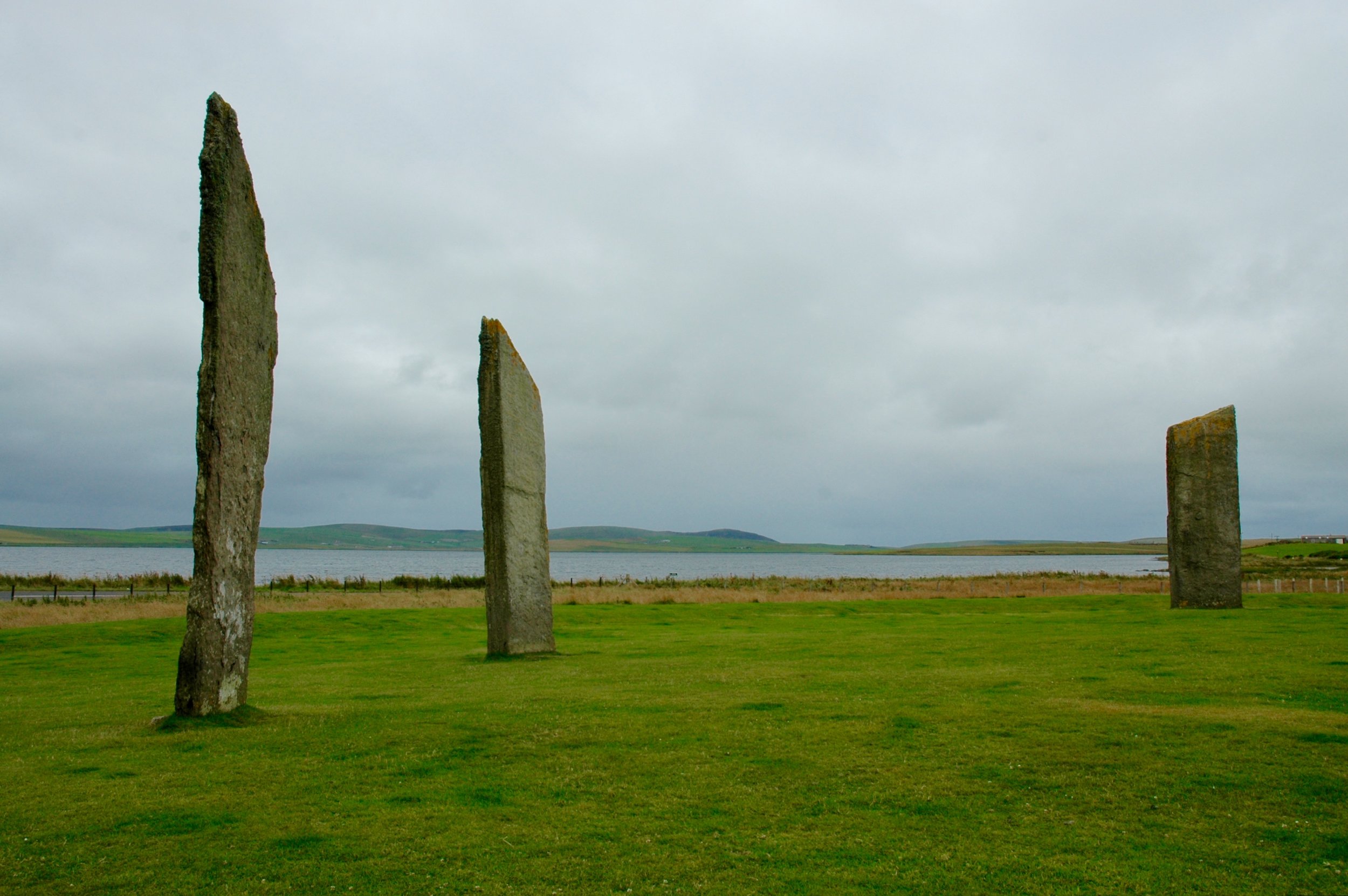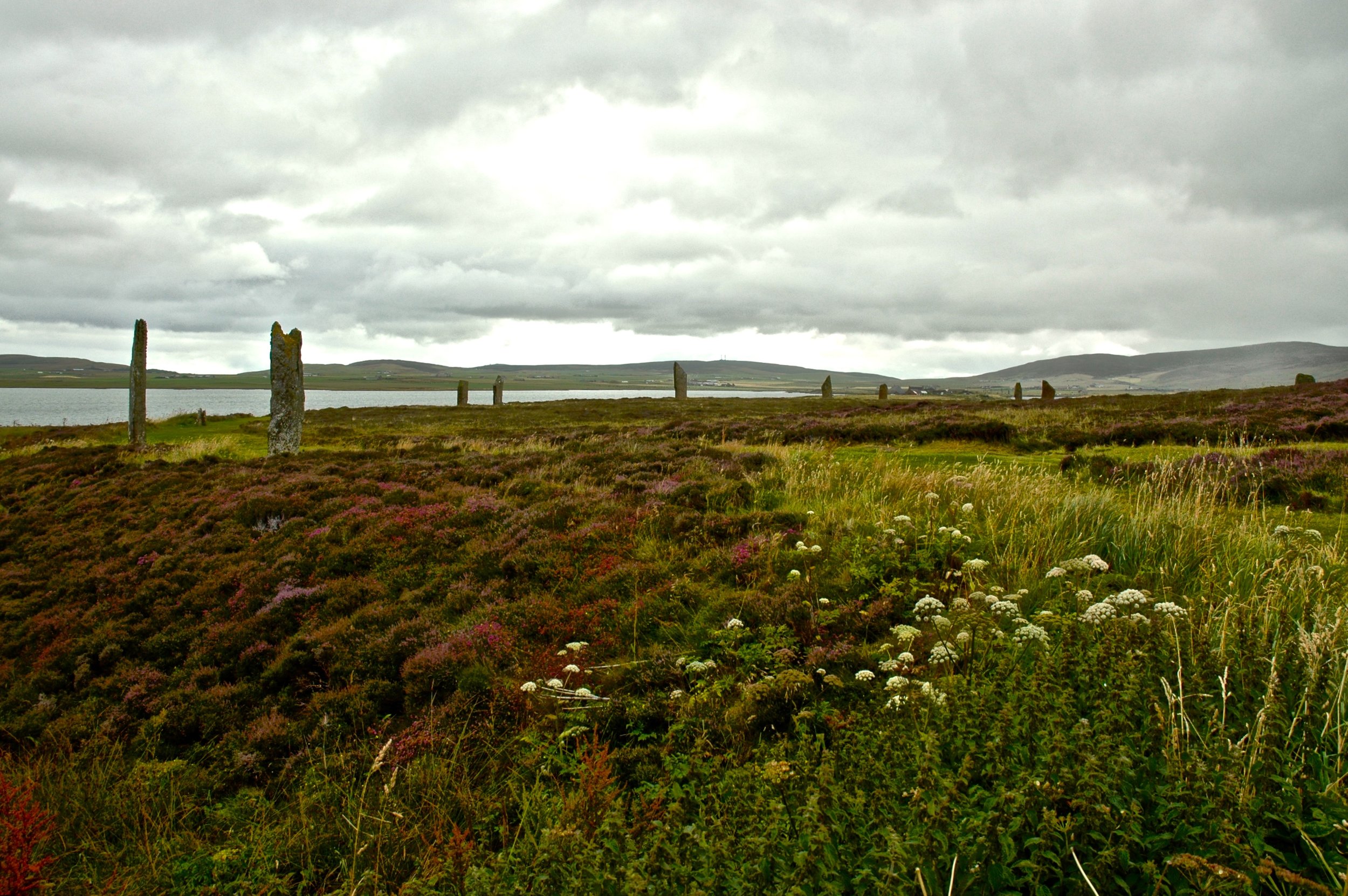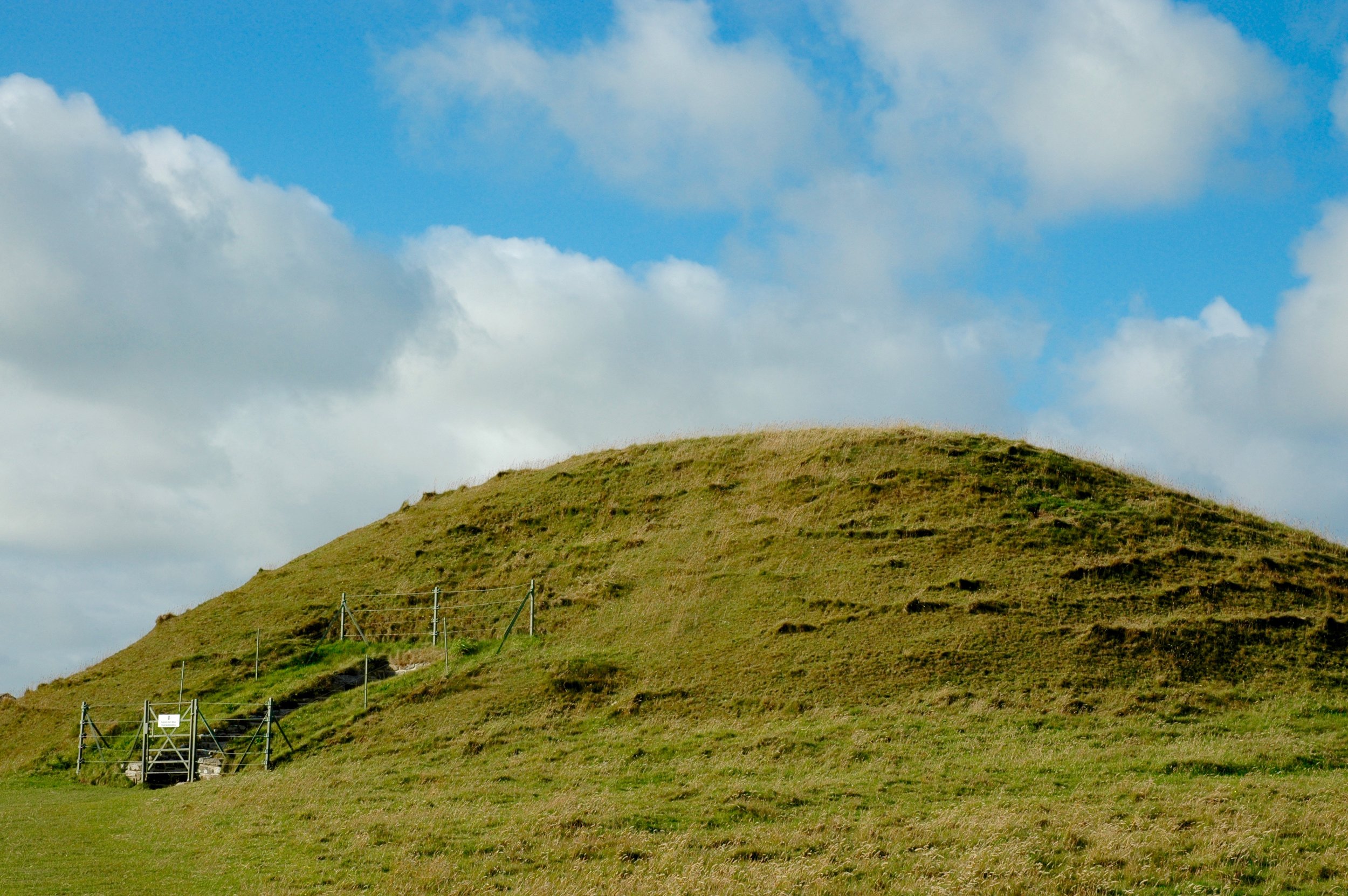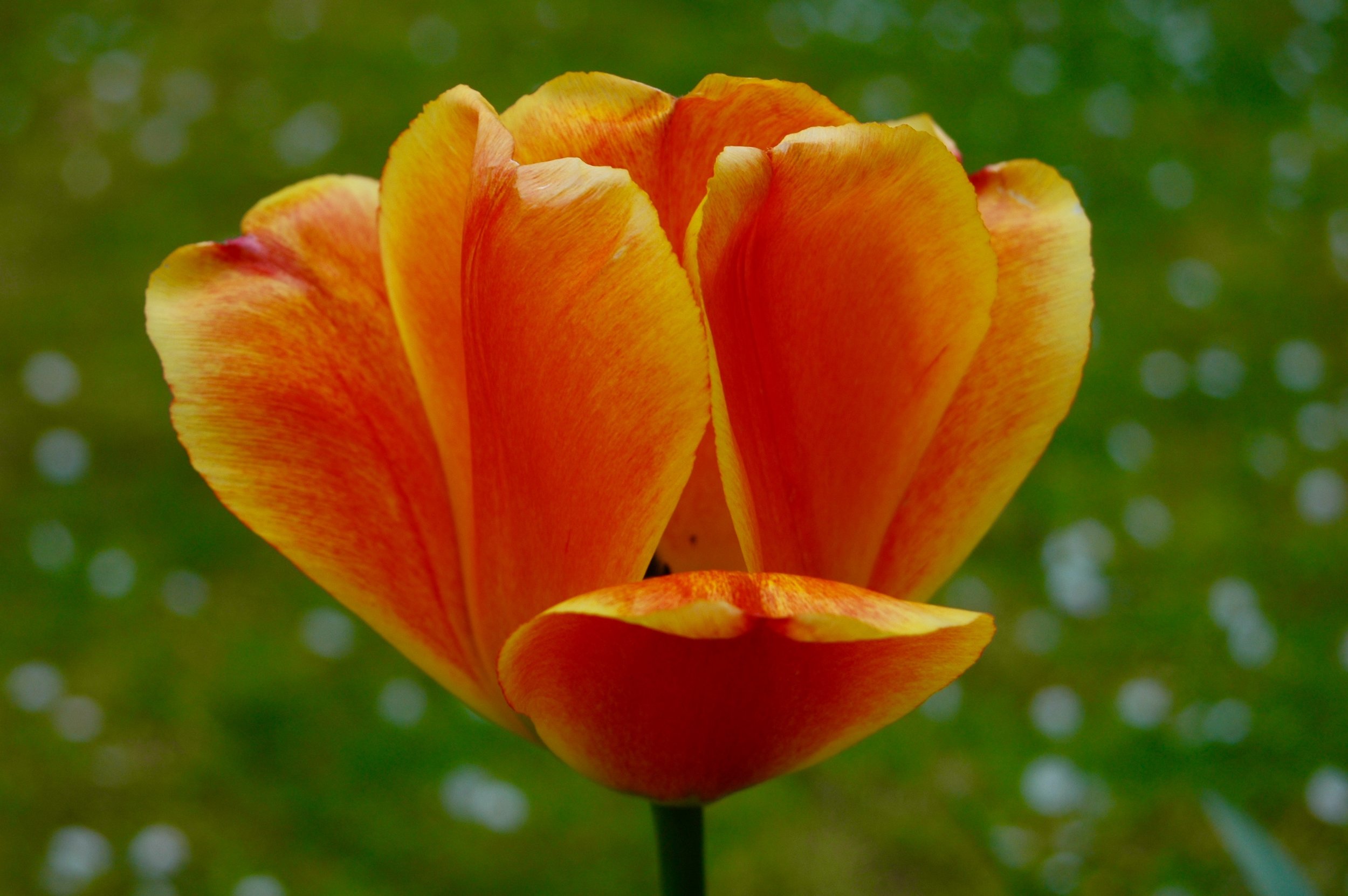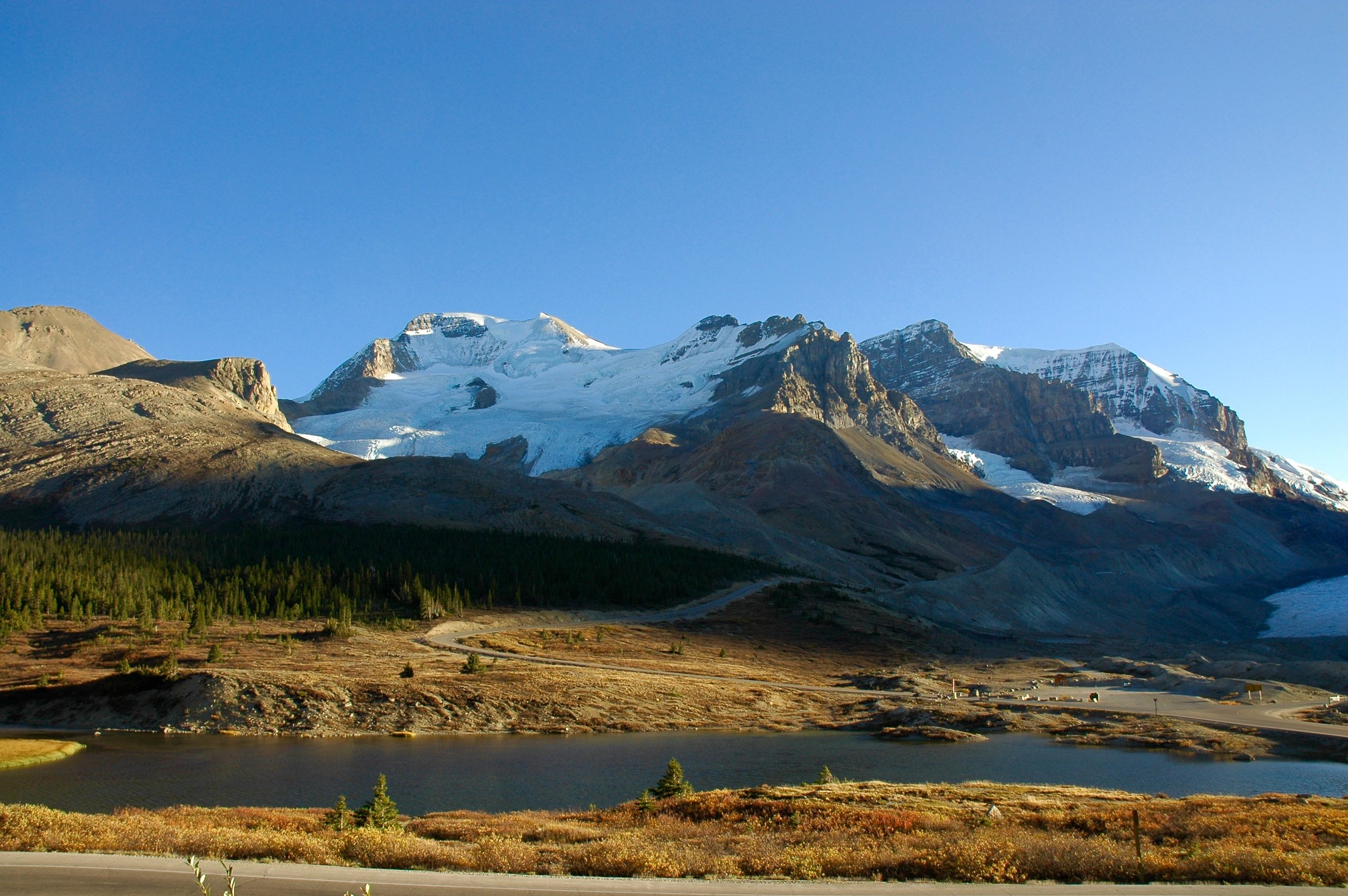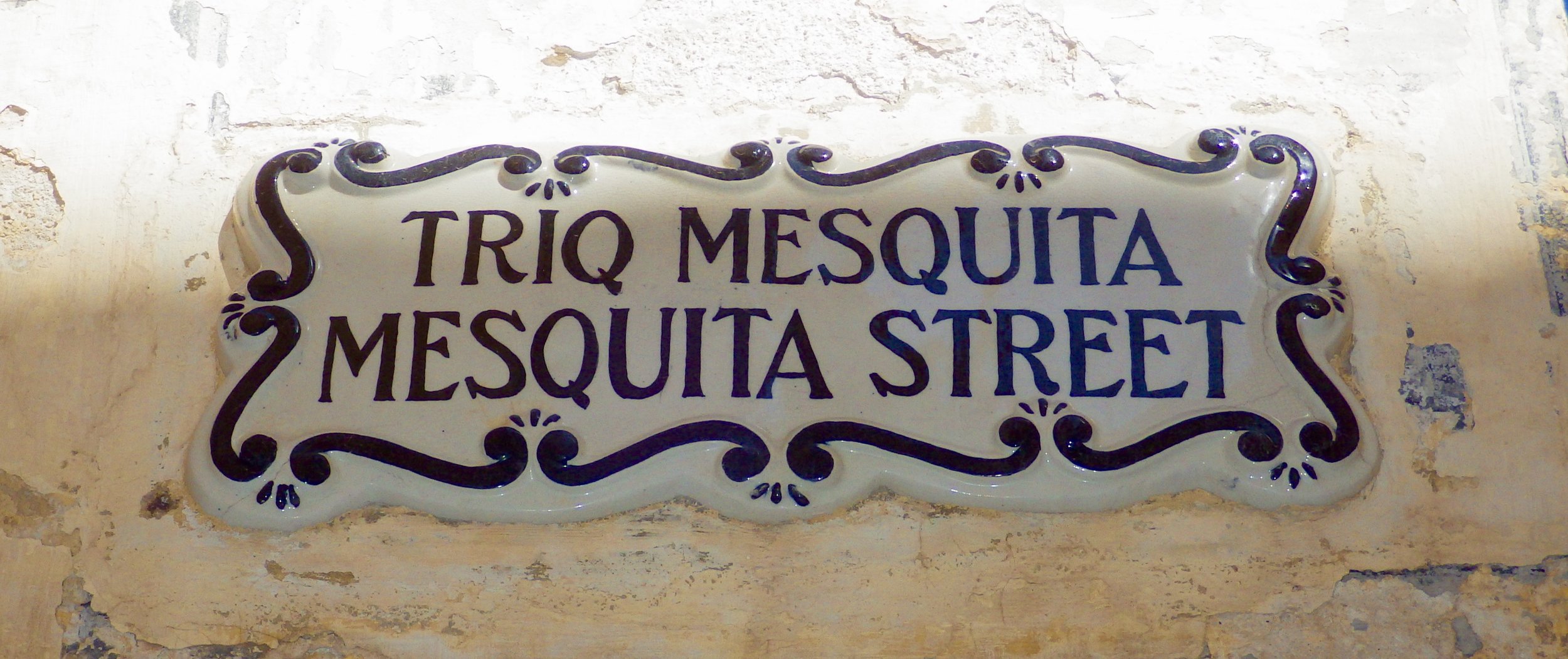Perfect Peak District
/Mid June saw us in the Peak District once again, enjoying a wonderful week of walking. The weather, which had been fearsomely hot in the preceding weeks, thankfully cooled and we had perfect clear blue skies every day, except for the first morning.
This was going to be a week of dipping into lots of things, rather than focussing on two or three long walks. We stayed in Buxton as neither of us had been there before, and so had new areas to explore. On our first morning in the rain, we climbed up to Solomon's Temple on Grin Low Hill which was lovely, with the rain easing as we wandered back down through heathland and mixed woodland. After a cup of coffee, we headed up onto Burbage Edge in the Goyt Valley, again overlooking Buxton, where the National Park boundary runs right over the summit. Unfortunately, the rain started in earnest once we were at the trig point, so we hurried down again, soaking wet. In the afternoon, we decided to visit the wonderful Lyme Park and thoroughly enjoyed the stunning house and grounds.
The next day found us back in the Dark Peak early, to walk Upper Burbage Edge, one of the nine gritstone edges. Originally planning to just walk this edge, the day was so beautiful and the views so stunning that we carried on to the end, then climbed up onto Lower Burbage Edge as well, before walking back through the valley, which was a delight. We then headed down to the peace and stillness of Stanage End to look for the iconic abandoned millstones which are so redolent of the Peak District, and in fact form the logo of the national park. To our delight, we found five, one lying flat making the perfect table for lunch and a coffee brew in stunning surroundings! After lunch, we’d planned to walk on Froggatt Edge, but a road closure and long detour meant Curbar Edge was more convenient. This turned out to be absolutely sublime in the warm afternoon sun, with the most wonderful panoramas. We spent a long time sitting in the sun with our boots and socks off, enjoying the views. I think this is our favourite edge so far.
The Roaches was our next objective the following day, in the Staffordshire Peak District; a completely new area for us. Climbing up through bracken and a small Scots Pine wood, we emerged onto the wide flat plateau which was dotted with tiny pine trees, heather and weather worn rock formations. We ambled along to the pretty Doxey Pool where we sat for a while watching swallows swooping down to drink and catch insects. Deciding not to walk the whole ridge, we meandered back southwards, enjoying the sun and the magnificent views of the Leek Valley before scrambling down the large rocks at the end of the ridge, which was very enjoyable. Joining a path at the bottom, we headed back, watching groups of children learning to climb and paused to consider tackling the dramatic looking Hen Cloud, but decided to leave that for another visit. Instead, we drove the 20 minutes or so to a small parking area at Gradbach for the walk to Lud's Church; a secluded gorge that has been used as a place of worship since pagan times. It was very warm and after a welcome cup of coffee at the tiny Riverside Cafe, we set off through the welcome cool of Back Woods before climbing steeply up and following a path than wound gradually and gently up through the trees for perhaps a mile or two. We soon came to a fingerpost pointing to what looked like a rockfall, but was in fact the way down into the gorge and, after negotiating this slightly slippery route, found ourselves in an incredible cool, shady, fern filled gulley, about 18 metres deep. It was muddy underfoot, but opened out with the sun filtering soft green light into the depths. We walked for perhaps 100 metres to a series of roughly cut stone steps leading up and back into the woodland, but the path down was closed, so we retraced our steps, walking the length of the gorge again before leaving at our entrance point. It was mesmerising and unique. We made a quick stop on a shady outcrop of rocks in the woods for lunch, before heading back.
We then moved on to Bakewell for a couple of nights, and were out early, parking at Ladybower Reservoir to climb Win Hill; prominent from almost everywhere in the Hope Valley area. We crossed Ladybower dam, slightly intimidated by the two huge 'plugholes' or shaft spillways, then began climbing up through a lovely shady pine woodland. The path rose very gently up through the woods to a slightly steeper section just before the treeline, when we crossed open fellside and climbed the last rocky knoll to the summit. The views were beautiful in all directions; to Edale and Mam Tor, down to Ladybower and across to Baslow Edge. We had the top to ourselves for half an hour before others began to appear from different directions, so we made our way back down. We spent the afternoon wandering around Bakewell which was stunning with the most beautiful displays of flowers, strolling by the river and exploring the back streets.
We had a lazy morning the next day, then a walk round Bakewell again, which was busy and buzzy as it was a Saturday and there was a dance festival taking place. We had arranged to meet friends in Buxton where we had a walk around the lovely Pavilion Gardens before drinks, a meal and then a talk from 17 time Everest summiteer, Kenton Cool, about the history of Everest climbing expeditions at the Pavilion Gardens, which was fascinating if a little warm!
Our final morning saw us leaving Bakewell and calling in to Hardwick Hall for a visit before setting off back down the M1. I'd been before a couple of times about 30 years ago but couldn't really recall much about it, and Bro had never been. It was gorgeous and the gardens were particularly stunning with flowers and flowering shrubs in profusion. The house was a fascinating example of Elizabethan architecture.
We've grown to really love the Peak District, and will be returning very soon.
Upper burbage edge
millstones at stanage end
the leek valley from the roaches
stunning views from curbar edge
curbar edge

